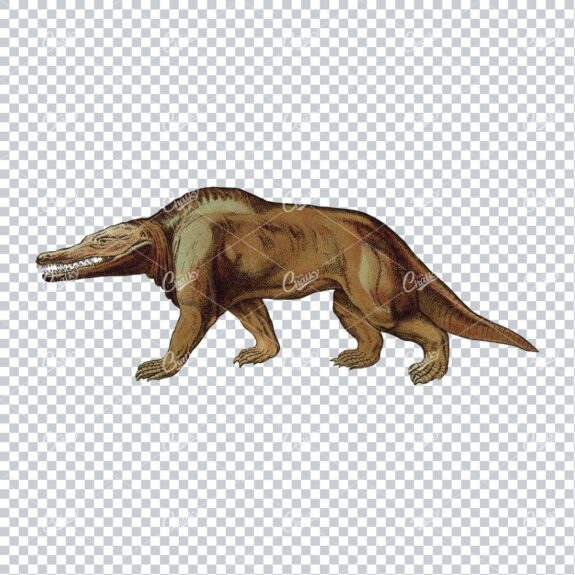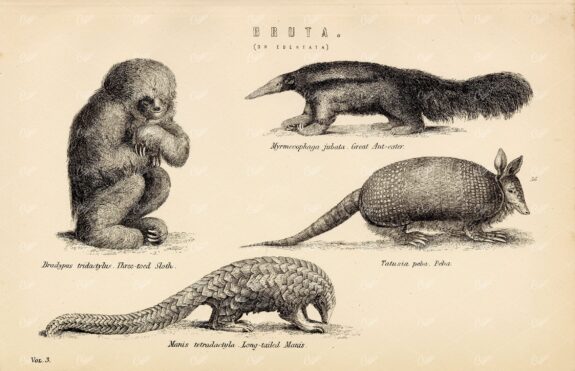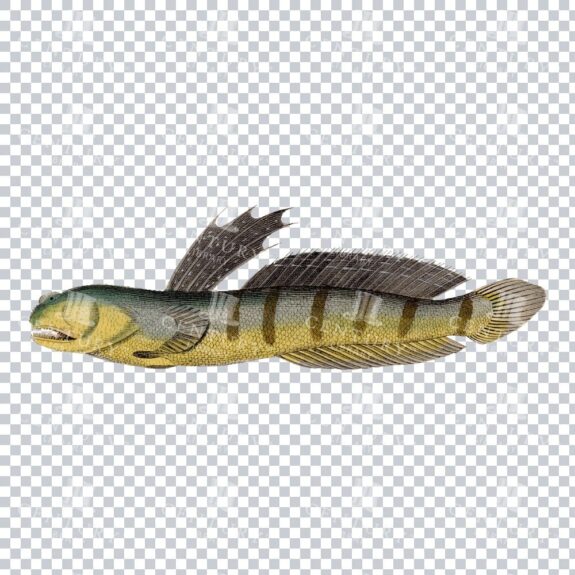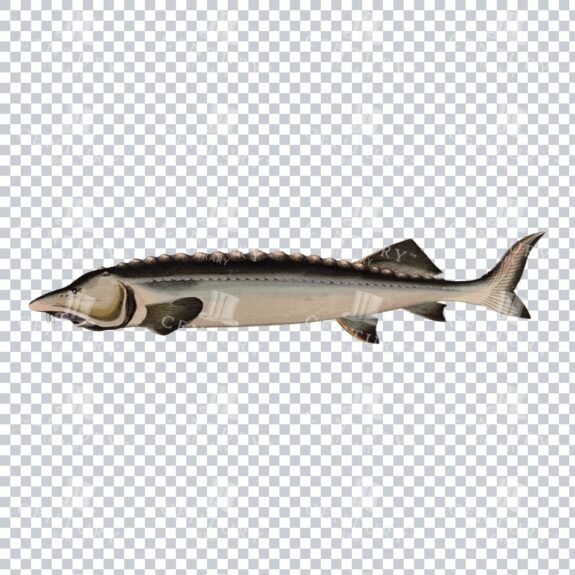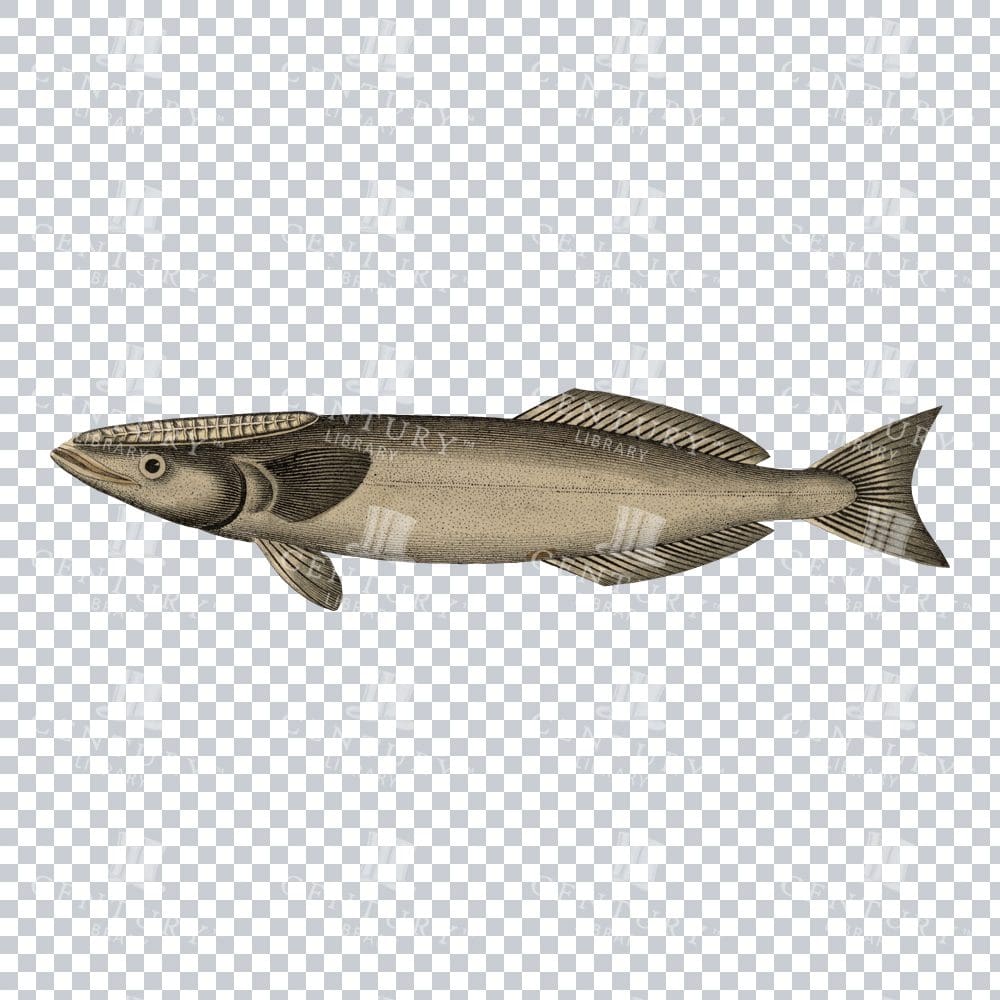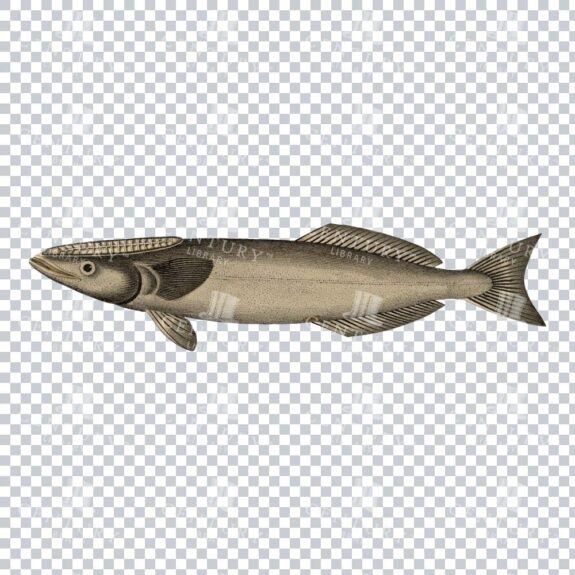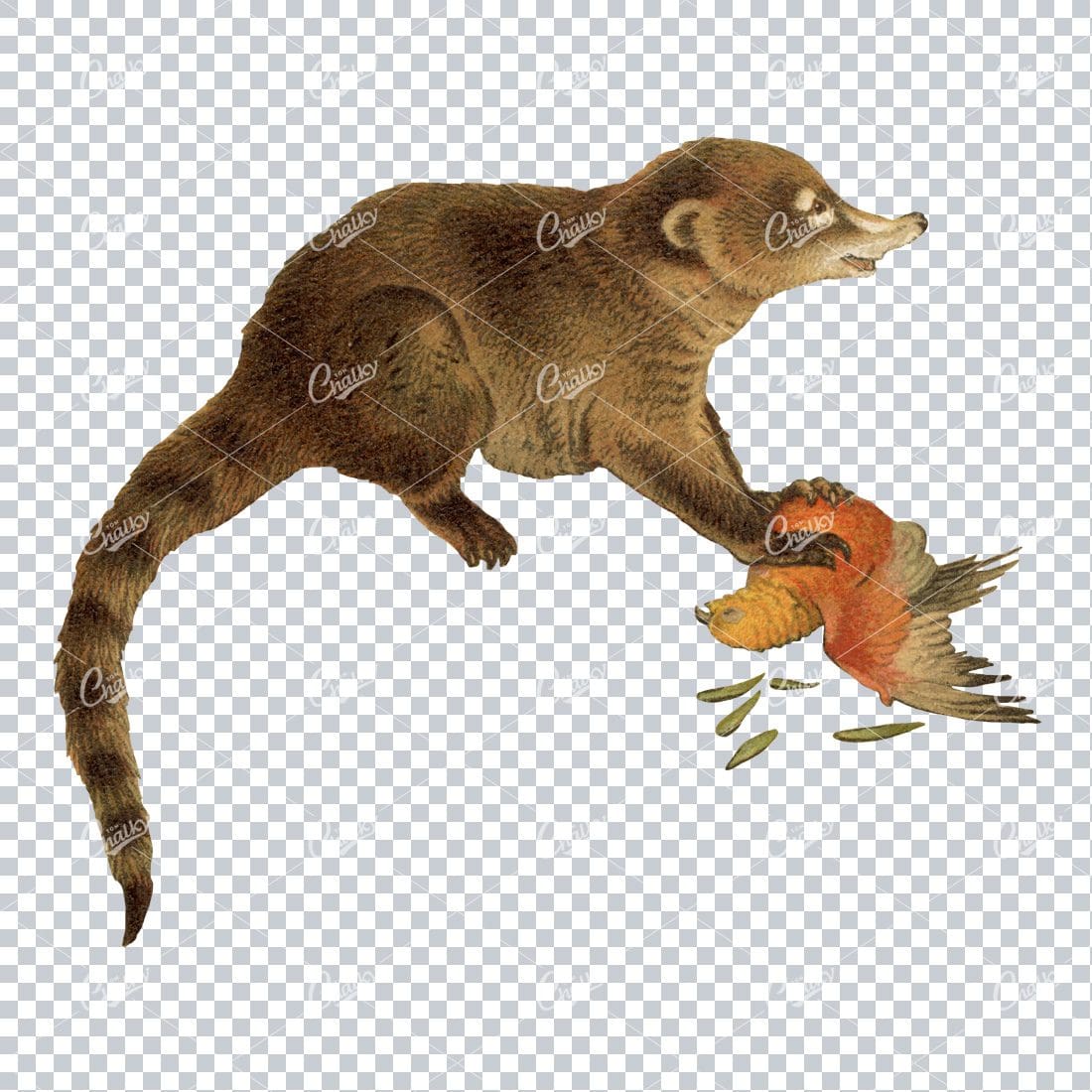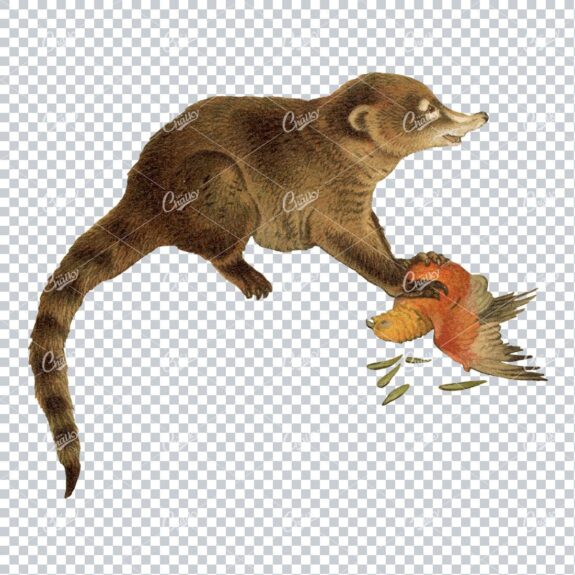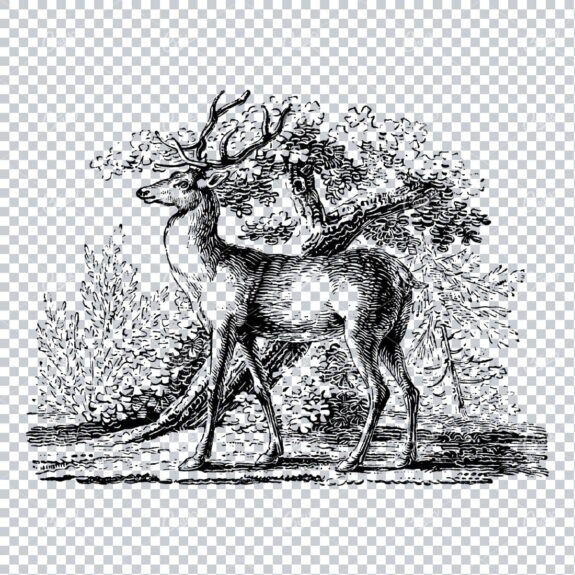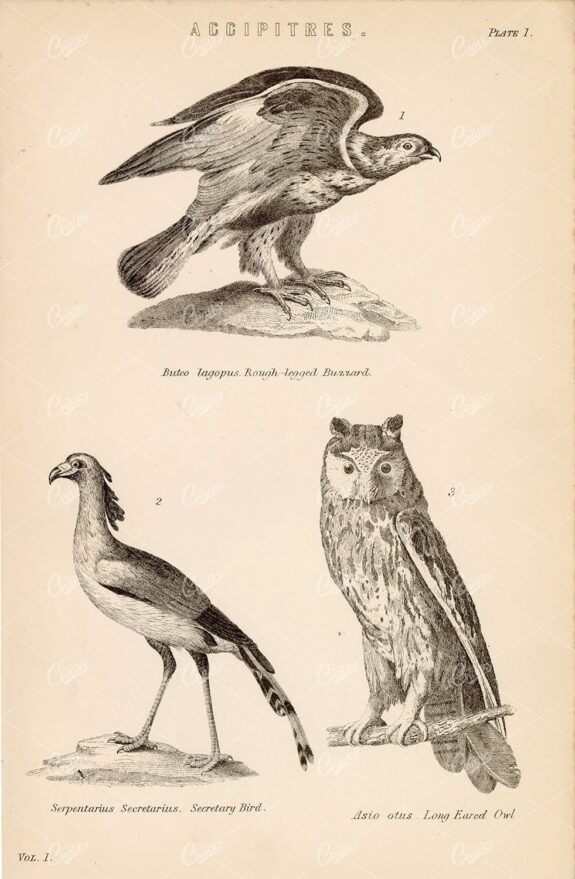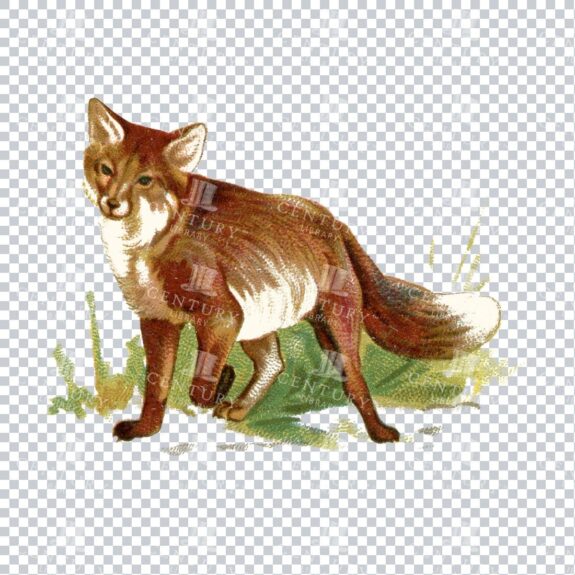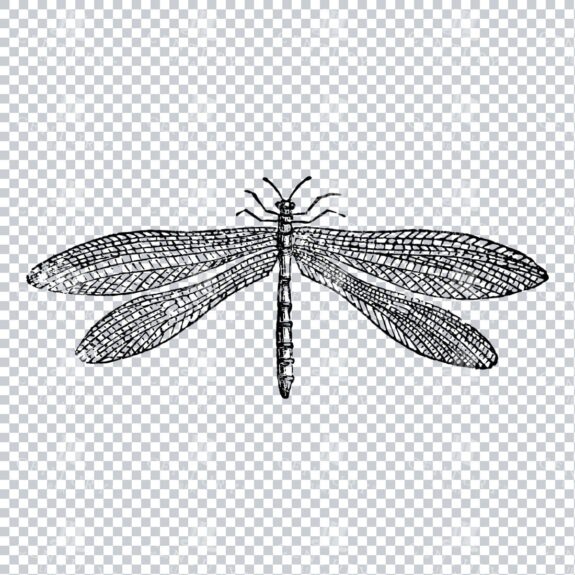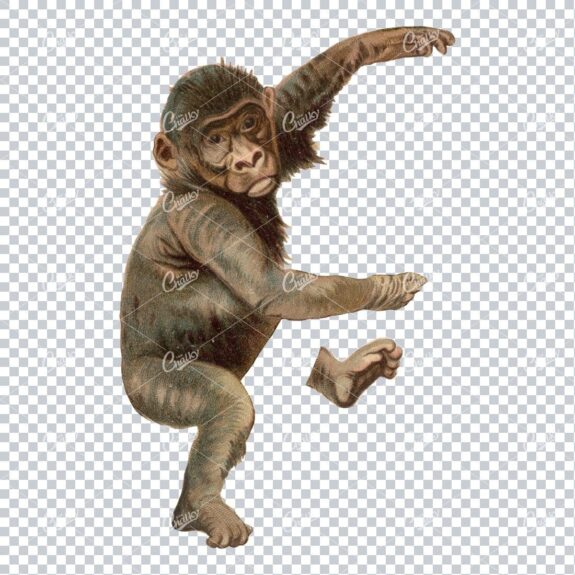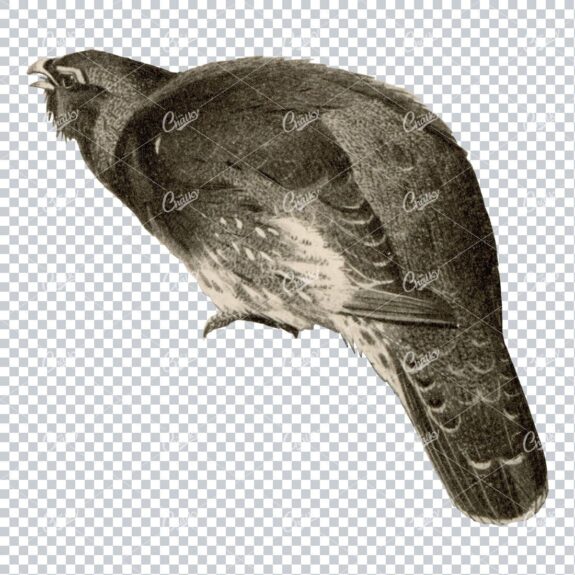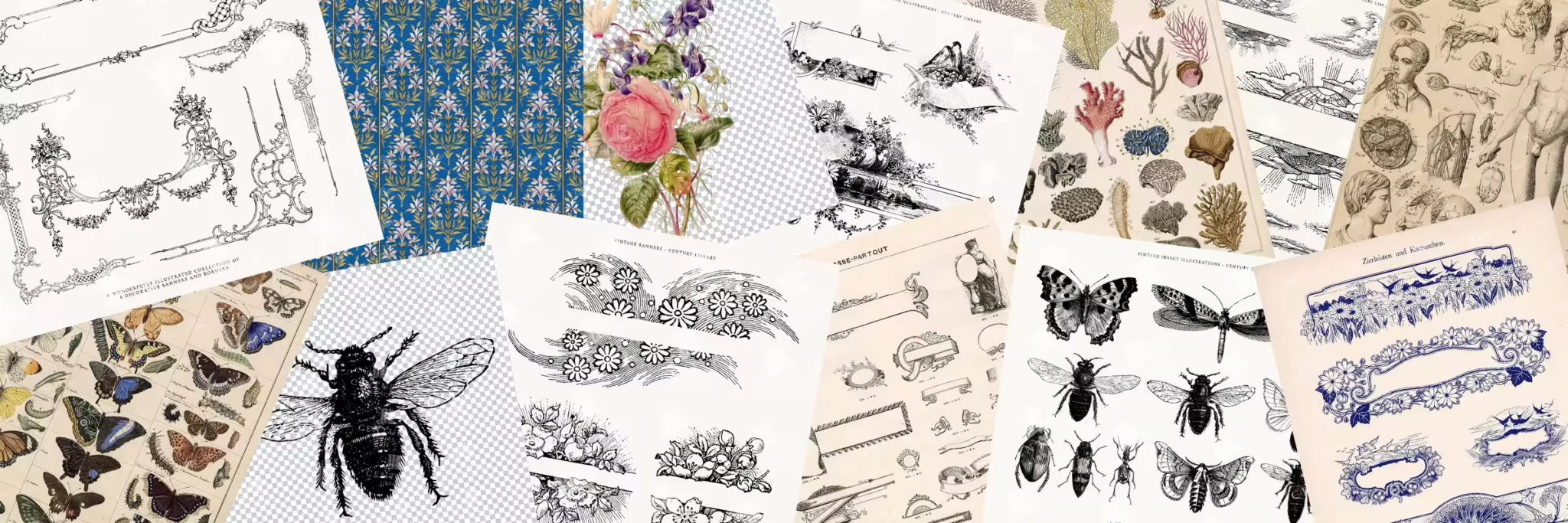
Vintage Stock Images
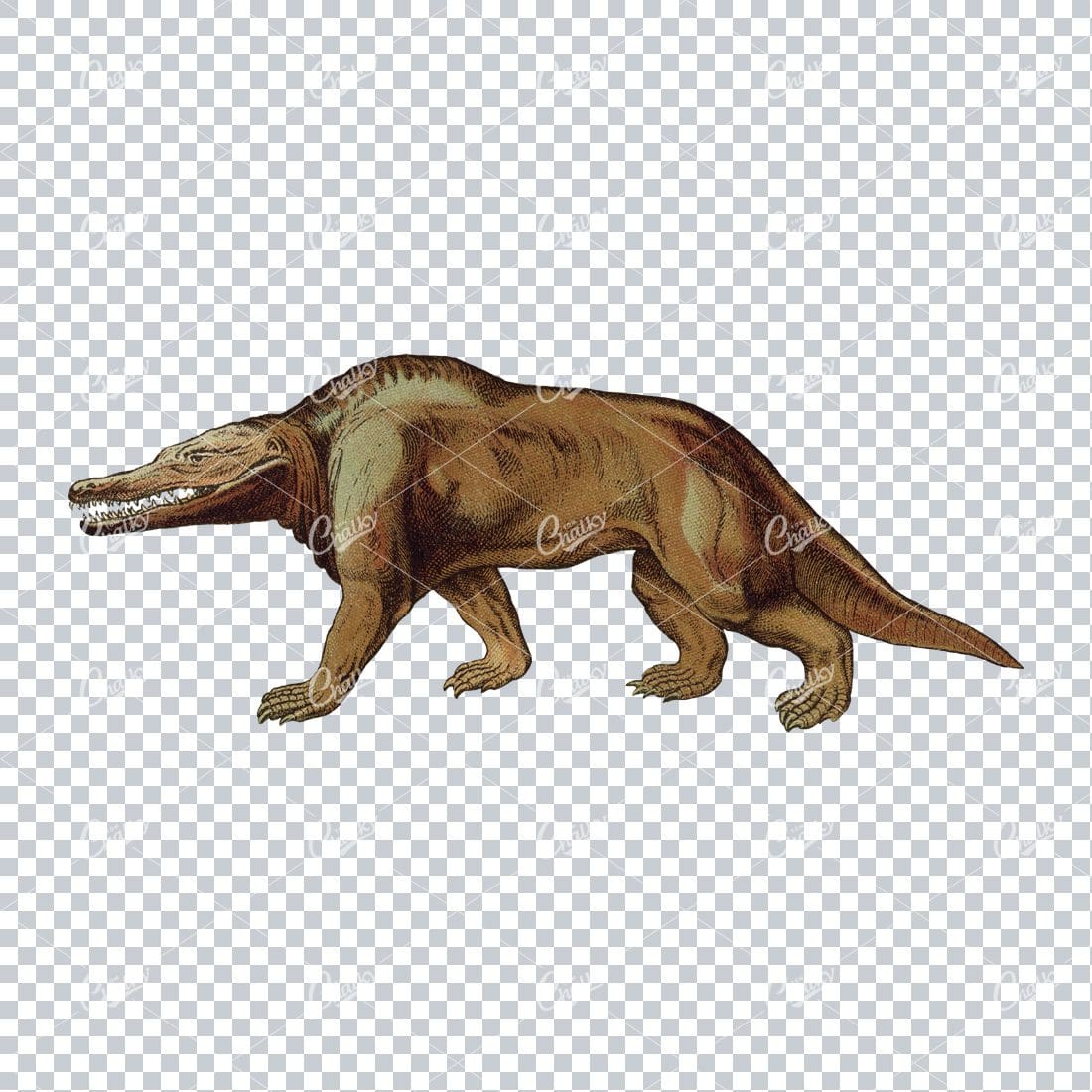

Vintage Full Color Prehistoric Illustration of a Megalasuarus Dinosaur
- License Info
- Resolution: 4559px x 1839px
From this collection
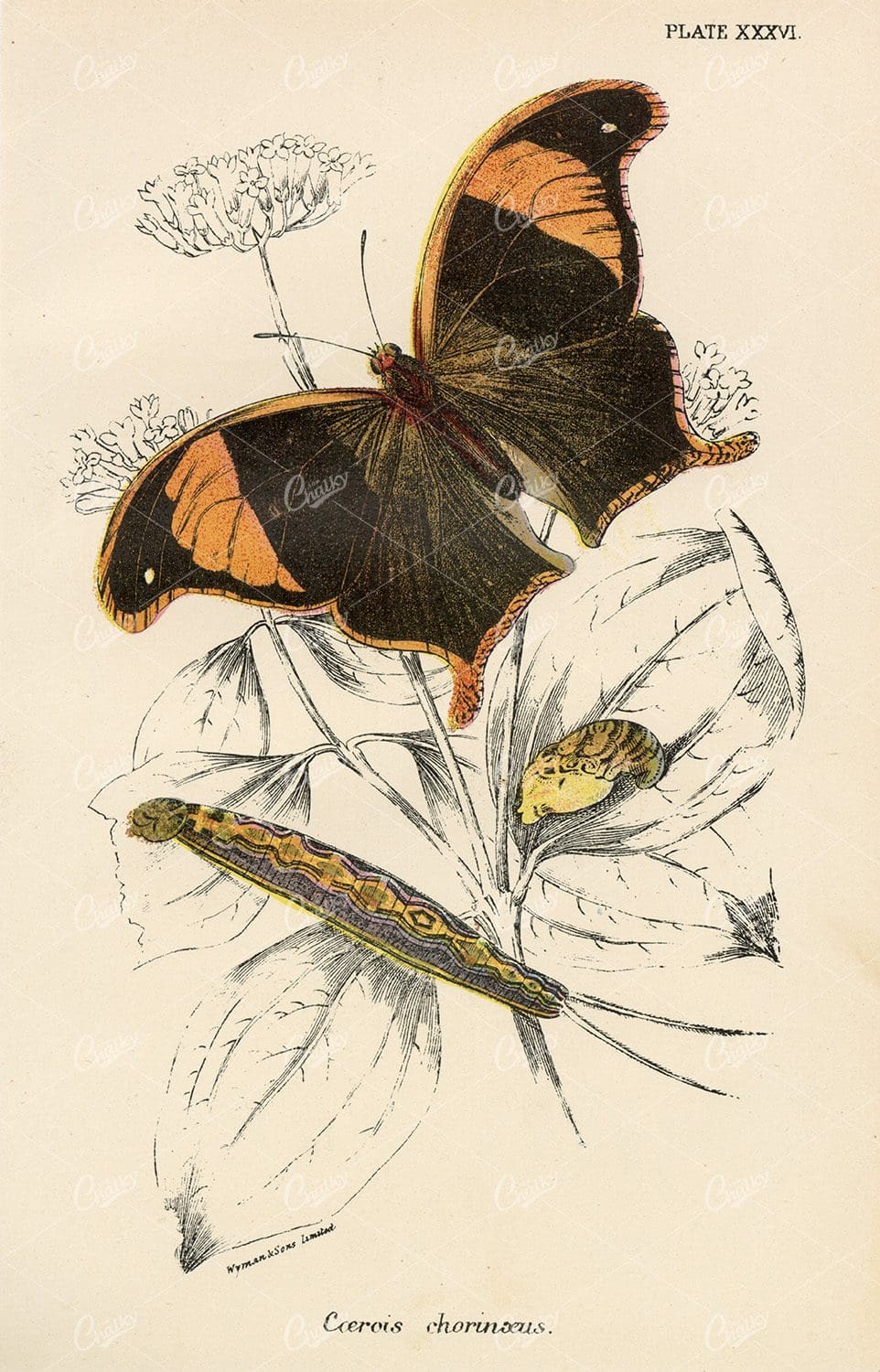

Vintage Coloured Print of Butterfly Life Cycle – 1896
- License Info
- Resolution: 4021px x 6268px
- Year of Print: 1896
- Artist: Edward Lloyd
From this collection


Antique Coloured Butterfly Print – Lloyd’s Natural History 1896
- License Info
- Resolution: 4091px x 6242px
- Year of Print: 1896
- Artist: Edward Lloyd
From this collection
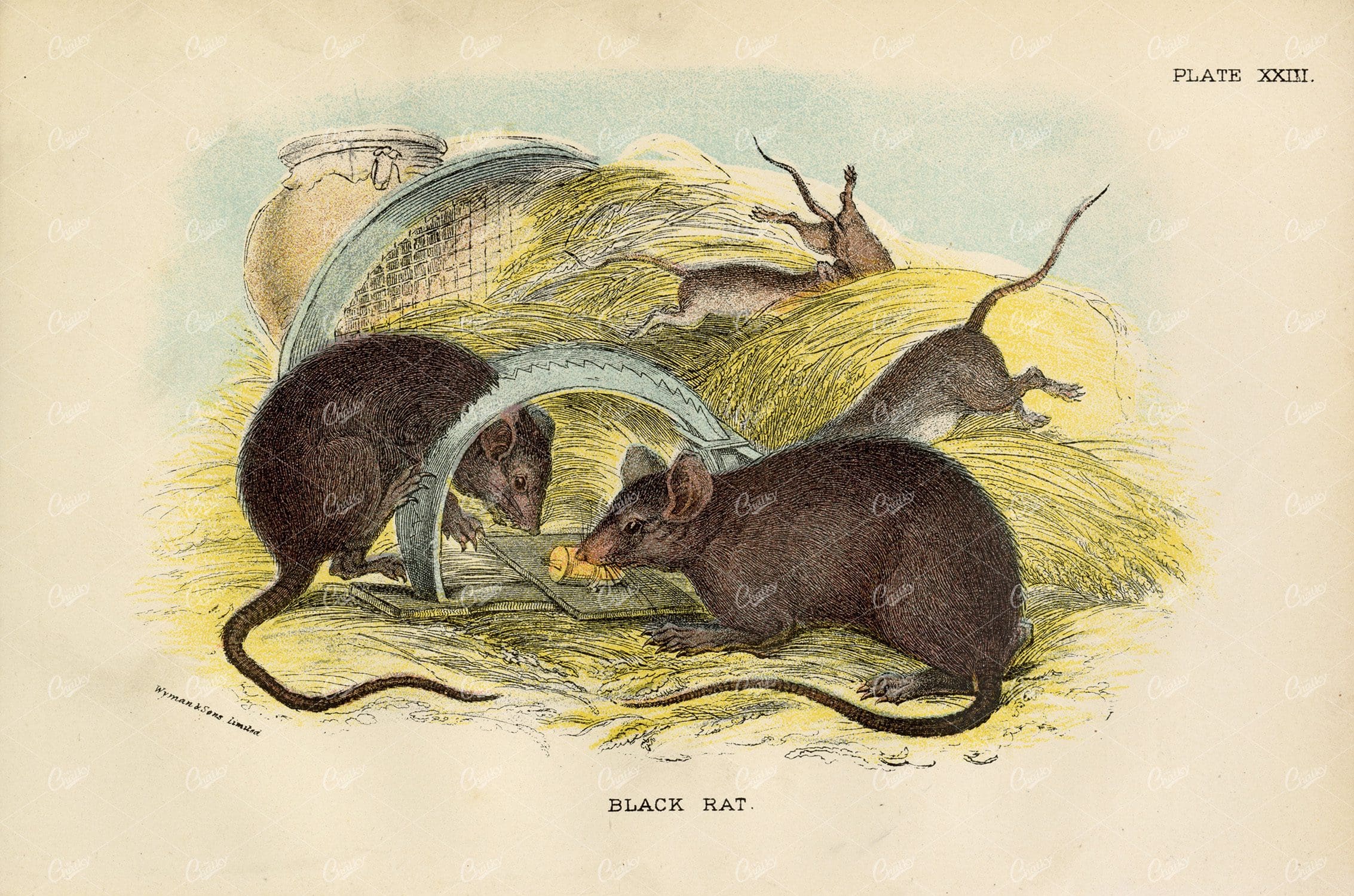

Vintage Coloured Print of Black Rat – Lloyd’s Natural History 1896
- License Info
- Resolution: 6268px x 4150px
- Year of Print: 1896
- Artist: Edward Lloyd
From this collection
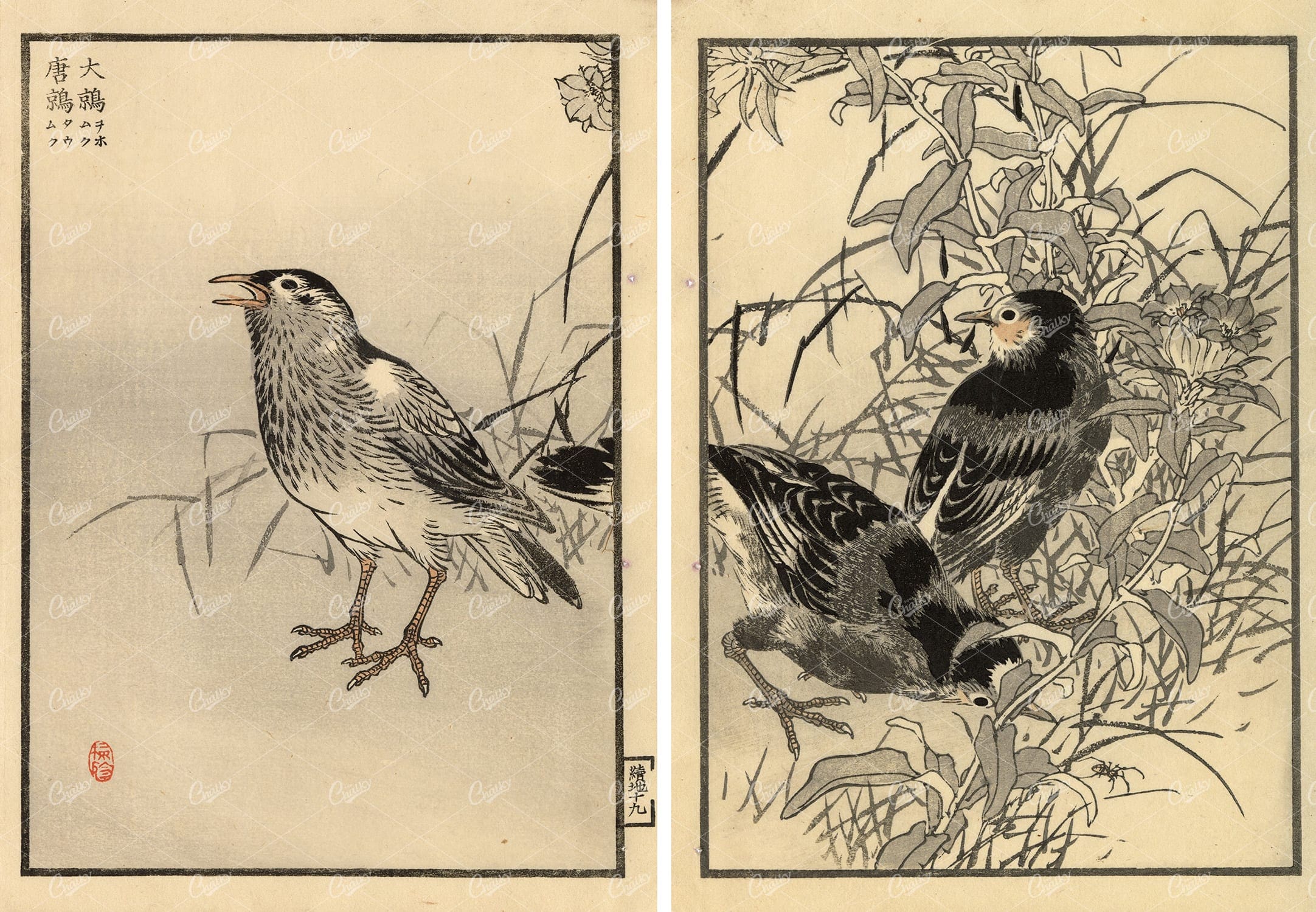

ANTIQUE Original Kono Bairei Woodblock Japanese Prints 1881 Birds
You’re looking at a beautiful piece of Japanese woodblock art from our collection of original 1881 prints by noted artist, Kono Bairei; Created for one of his best-known publications ‘one hundred birds’. Most of the bird species throughout this collection were native to Japan, with a few domesticated and some imported cage birds. Bairei was born and lived in Kyoto. He was apprenticed to the Maruyama printer Nakajima Raiso at the age of eight. He was a pupil of Shijo artist Shiokawa Bunrin and followed the Nanga school tradition. He established the Kyoto Prefectural School of Painting before opening his own studio to students and retiring from teaching.
- License Info
- Resolution: 11582 x 8028
- Year of Print: 1881
- Artist: Kono Bairei
From this collection
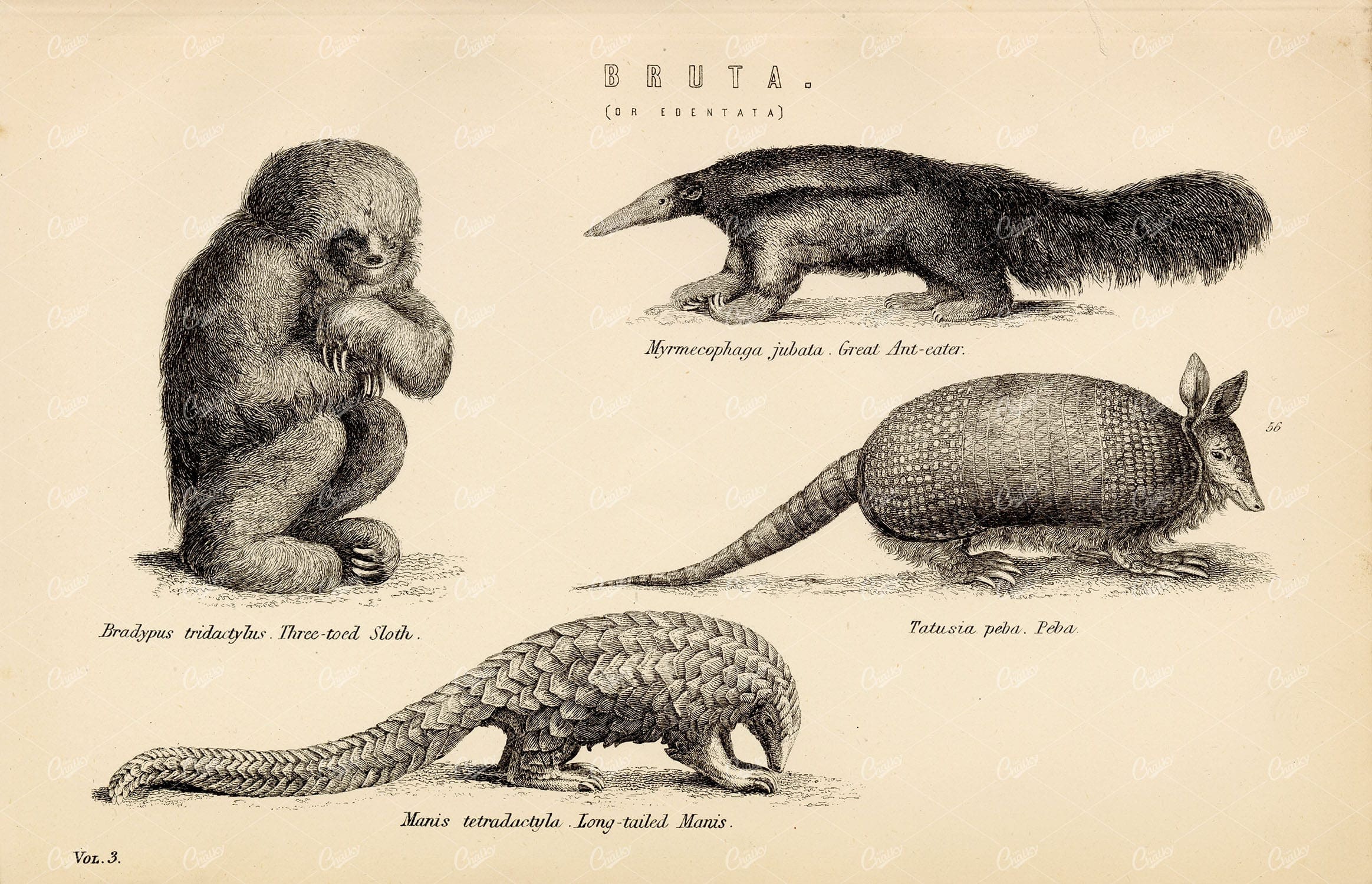

MAMMALS – Edentata – Great Ant-Eater, Sloth, Manis. Antique 1880’s Artwork
An original Antique Plate scan from the National Encyclopaedia: A Dictionary of Universal Knowledge. Published by William Mackenzie in 1880. Click on the Artist’s name to see the full collection from this series!
- License Info
- Resolution: 8600 x 5500 300dpi
- Year of Print: 1880
- Artist: William Mackenzie
From this collection
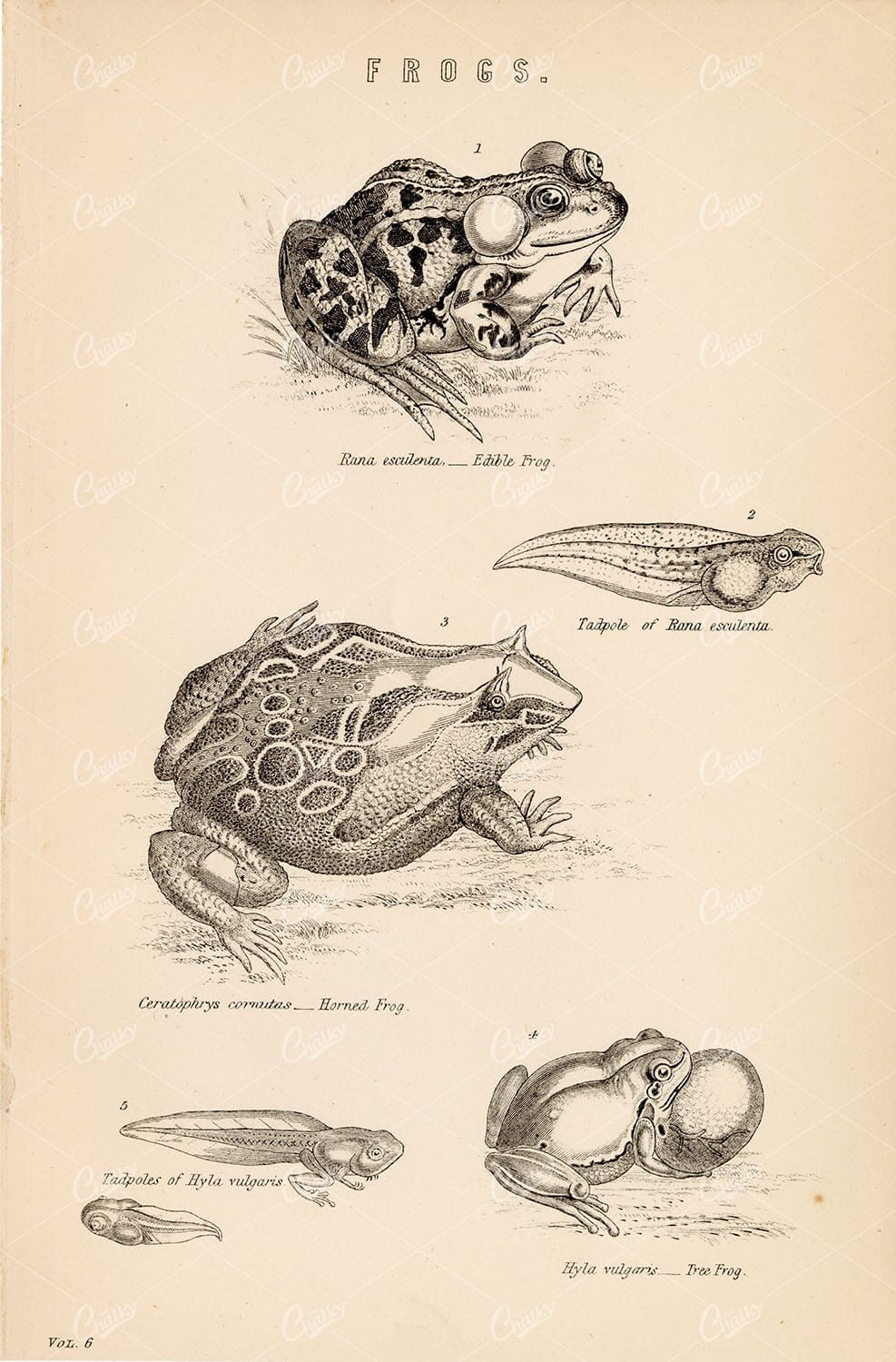

AMPHIBIANS Frogs – Edible Frog, Tadpole, Horned, Tree. Antique 1880s Print
An original Antique Plate scan from the National Encyclopaedia: A Dictionary of Universal Knowledge. Published by William Mackenzie in 1880. Click on the Artist’s name to see the full collection from this series!
- License Info
- Resolution: 5500 x 8600 300dpi
- Year of Print: 1880
- Artist: William Mackenzie
From this collection
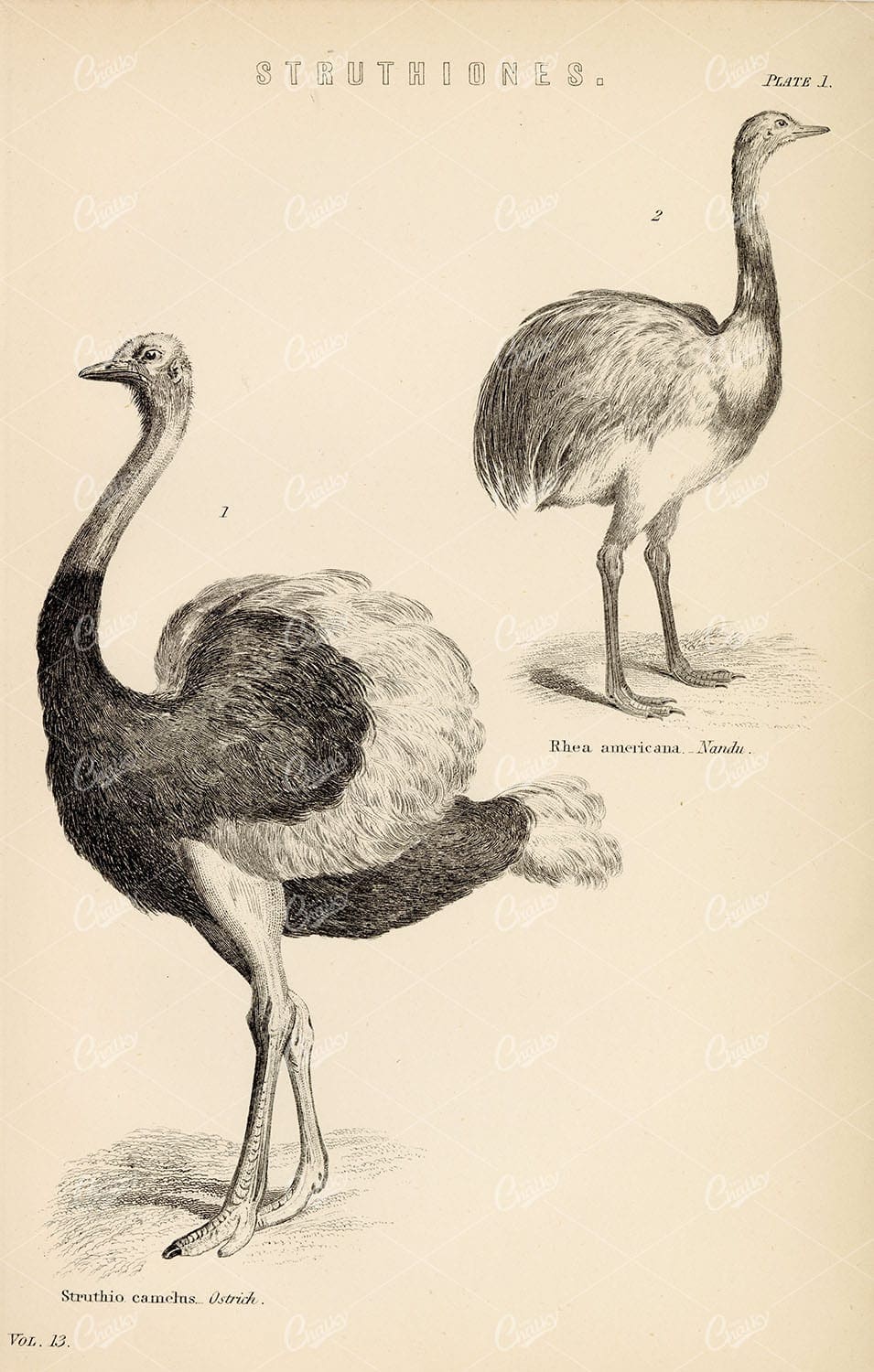

STRUTHIONES Ostrich, American Rhea. Antique 1880 Stock Image
An original Antique Plate scan from the National Encyclopaedia: A Dictionary of Universal Knowledge. Published by William Mackenzie in 1880. Click on the Artist’s name to see the full collection from this series!
- License Info
- Resolution: 7594 x 10009 300dpi
- Year of Print: 1880
- Artist: William Mackenzie
From this collection


REPTILES Antique Serpents Stock Image. William Mackenzie 1880
An original Antique Plate scan from the National Encyclopaedia: A Dictionary of Universal Knowledge. Published by William Mackenzie in 1880. Click on the Artist’s name to see the full collection from this series!
- License Info
- Resolution: 7594 x 10009 300dpi
- Year of Print: 1880
- Artist: William Mackenzie
From this collection
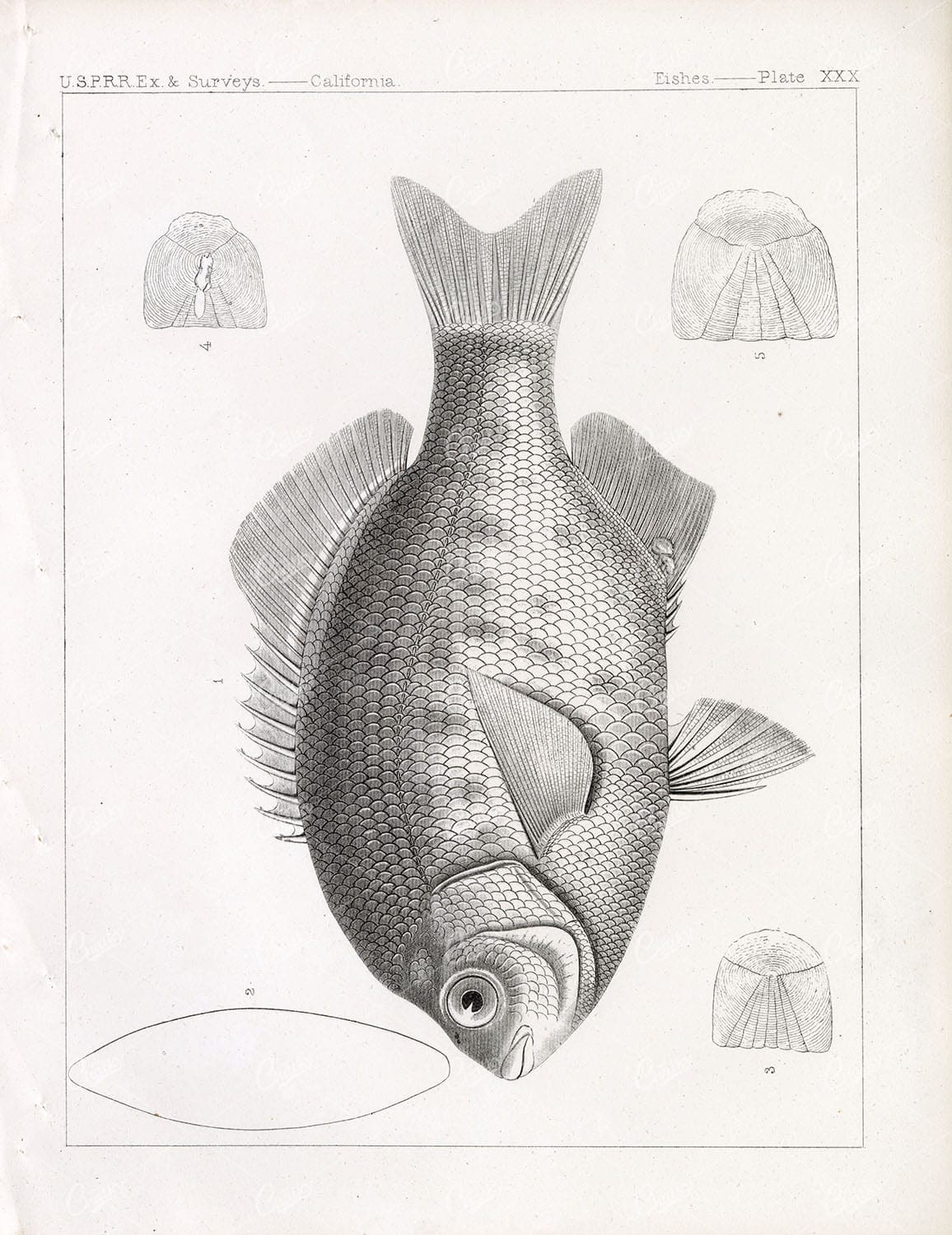

BLACK SURFPERCH, 1853 Antique Stock Image, U.S.P.R.R Fish Survey Plate XXX
This 167 year old scan is from “U.S.P.R.R. Exp. & Surveys – To ascertain the most practicable and economical route for a railroad from the Mississippi River to the Pacific Ocean. Made under the direction of the secretary of war in 1853-1856”. The artwork inside was some of the most artistic and accurate prints made of Birds, Mammals, Reptiles and Fish from the American West. Many of the Lithographs were beautifully hand-colored by a group of naturalists and artists who travelled with the expedition surverying the West for the U.S. Pacific Railroad. Search our archives or click on the artist name below to view the rest of the collection!
- License Info
- Resolution: 7594 x 10009 300dpi
- Year of Print: 1853
- Artist: USPRR Surveys
From this collection
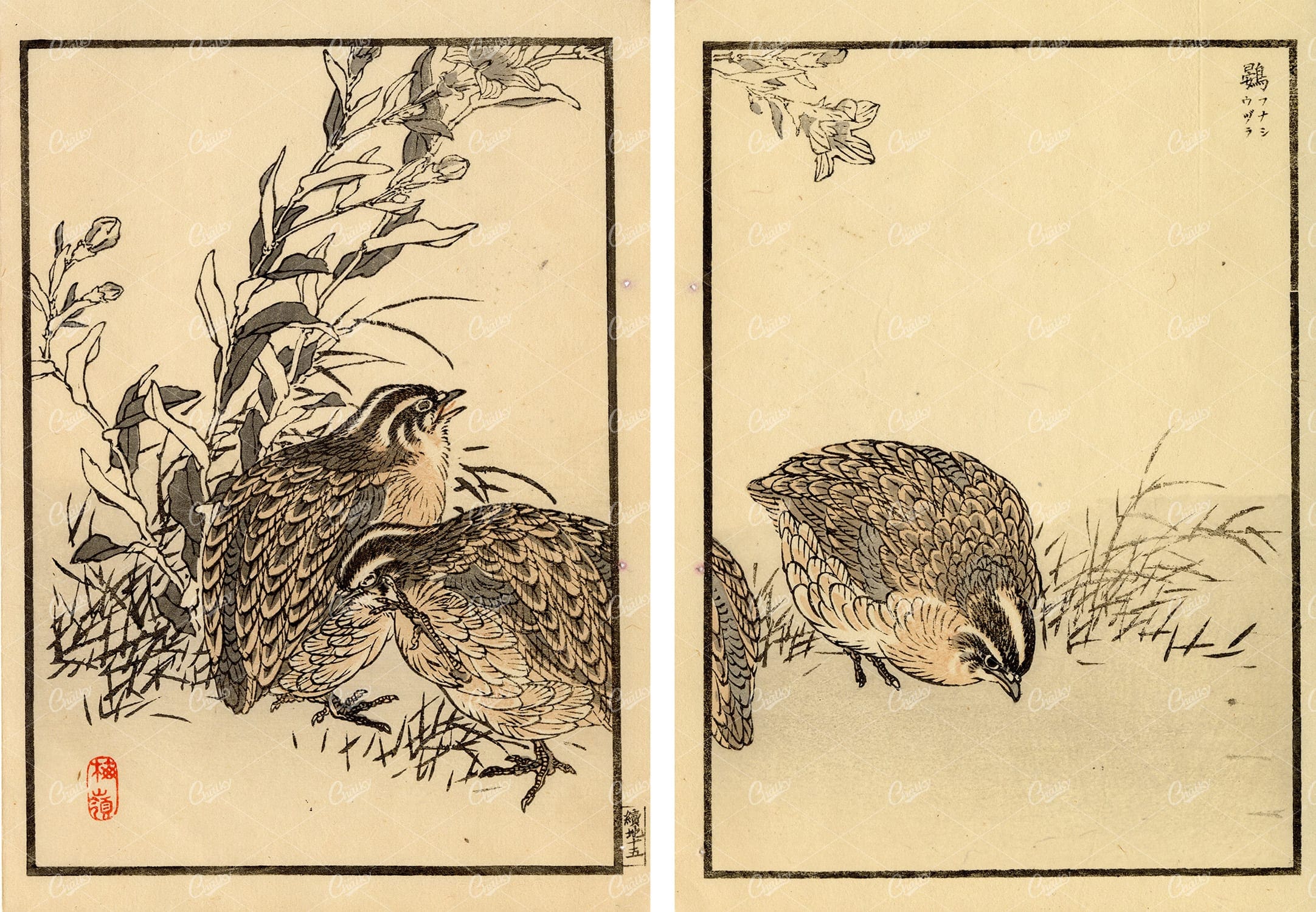

ANTIQUE Original Kono Bairei Woodblock Japanese Prints 1881 Birds
You’re looking at a beautiful piece of Japanese woodblock art from our collection of original 1881 prints by noted artist, Kono Bairei; Created for one of his best-known publications ‘one hundred birds’. Most of the bird species throughout this collection were native to Japan, with a few domesticated and some imported cage birds. Bairei was born and lived in Kyoto. He was apprenticed to the Maruyama printer Nakajima Raiso at the age of eight. He was a pupil of Shijo artist Shiokawa Bunrin and followed the Nanga school tradition. He established the Kyoto Prefectural School of Painting before opening his own studio to students and retiring from teaching.
- License Info
- Resolution: 11582 x 8028
- Year of Print: 1881
- Artist: Kono Bairei
From this collection
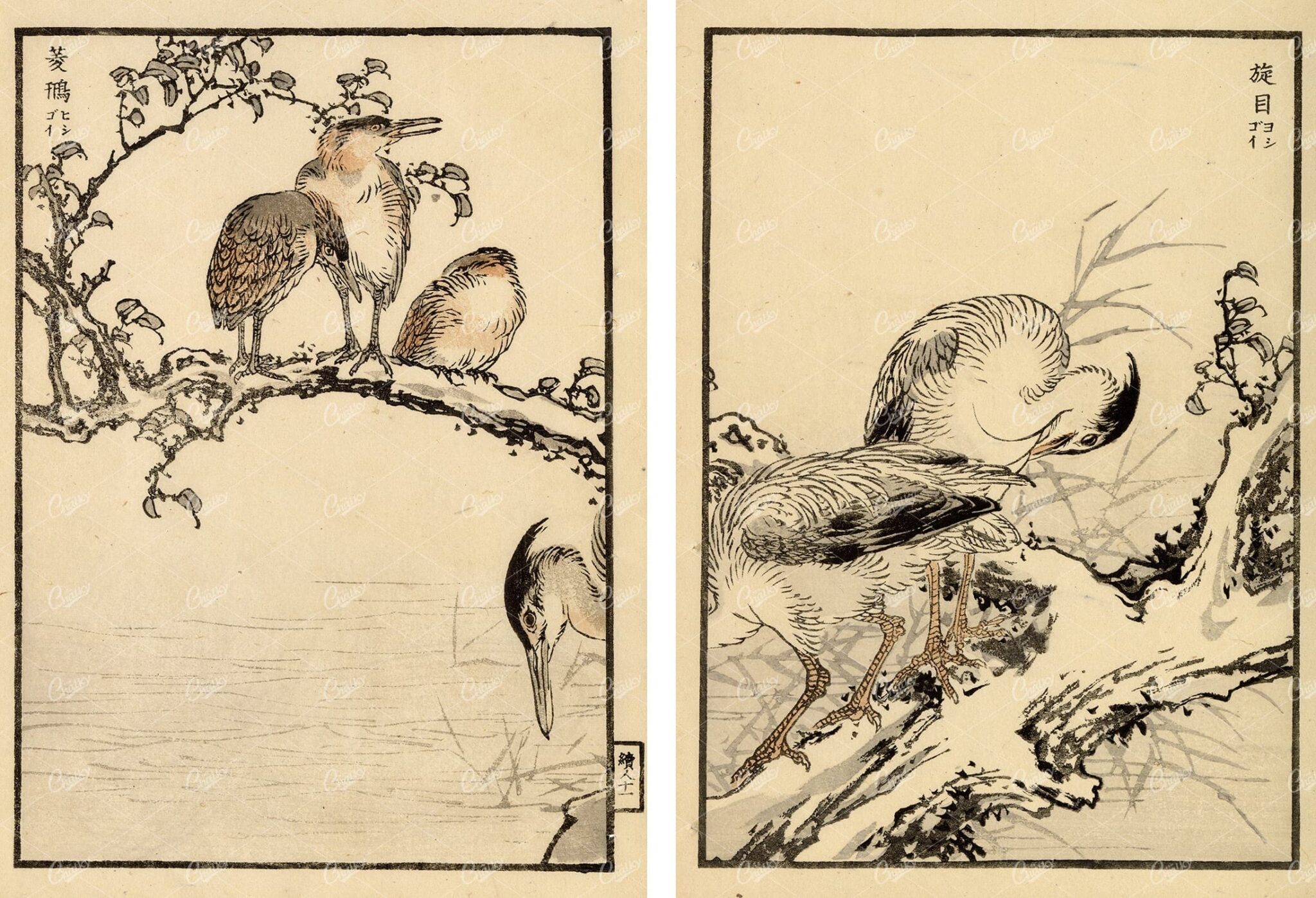

ANTIQUE Kono Bairei Woodblock Japanese Prints 1881 Herons in Tree
You’re looking at a beautiful piece of Japanese woodblock art from our collection of original 1881 prints by noted artist, Kono Bairei; Created for one of his best-known publications ‘one hundred birds’. Most of the bird species throughout this collection were native to Japan, with a few domesticated and some imported cage birds. Bairei was born and lived in Kyoto. He was apprenticed to the Maruyama printer Nakajima Raiso at the age of eight. He was a pupil of Shijo artist Shiokawa Bunrin and followed the Nanga school tradition. He established the Kyoto Prefectural School of Painting before opening his own studio to students and retiring from teaching.
- License Info
- Resolution: 11582 x 7905
- Year of Print: 1881
- Artist: Kono Bairei
From this collection
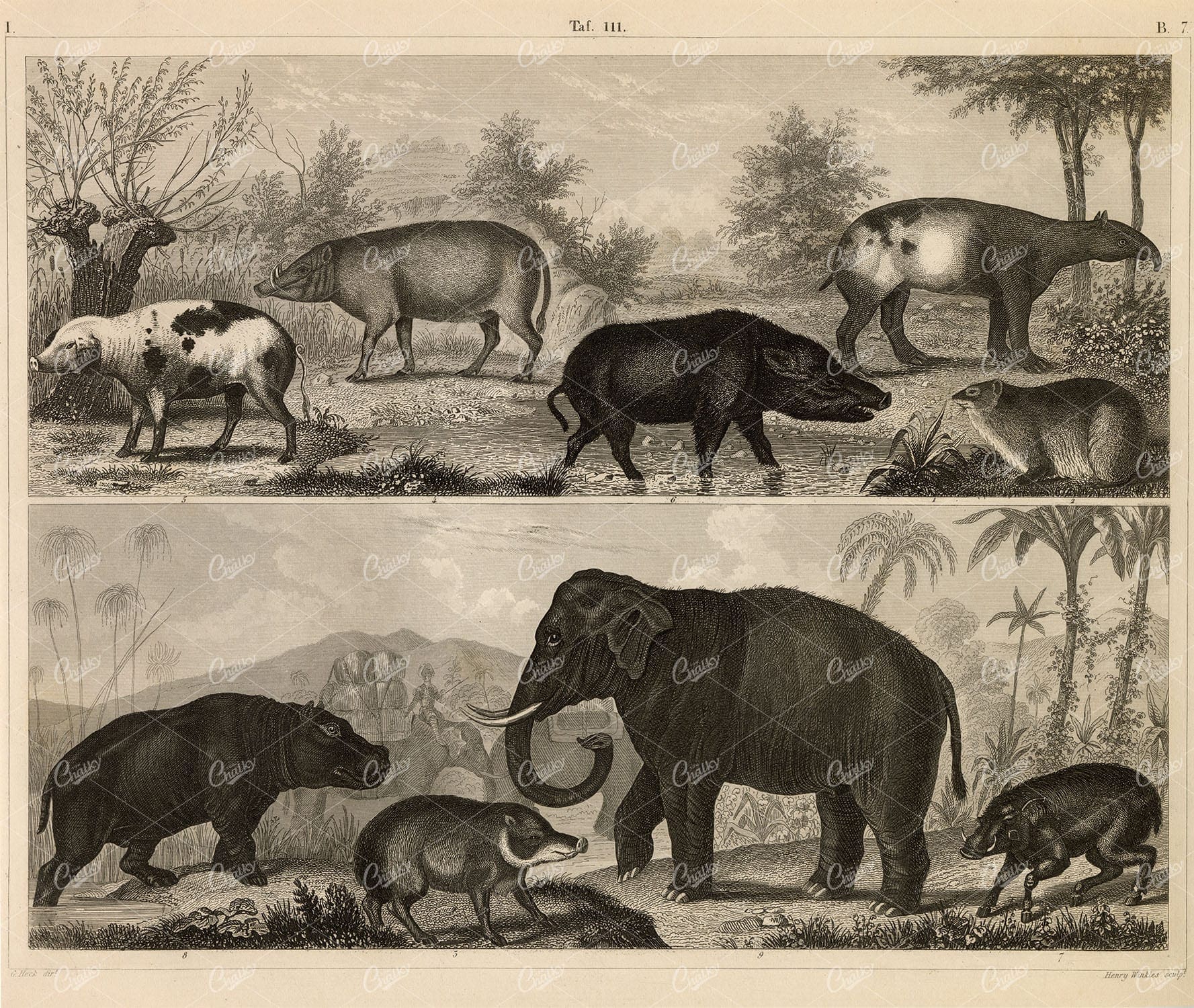

ZOOLOGY – Wild Pigs, Elephant, Hippo, Boar – Antique 1851 Print
You’re looking at a well preserved original plate from Johann Georg Heck’s “Iconographic Encyclopedia of Sciences, Literature and Art” published in 1851 by Rudolphe Garrigue in New York. We were extremely fortunate to acquire the full collection of illustrative prints from the series, which after many months of looking, proved to be very difficult!
- License Info
- Resolution: 9276 x 7831 300dpi
- Year of Print: 1851
- Artist: Johann Georg Heck
From this collection
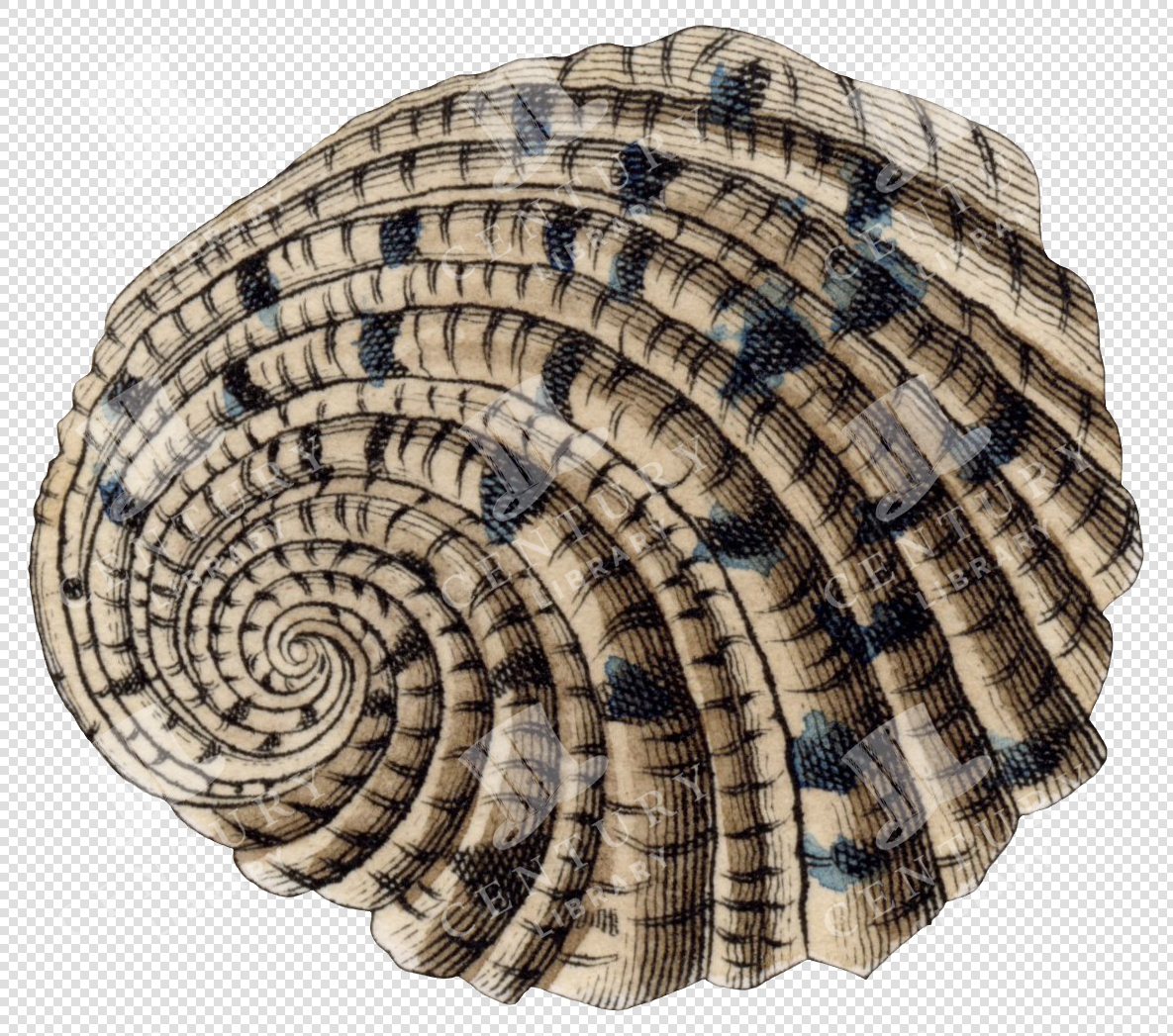

Antique Spiral Shell Illustration with Black Markings and Ribbed Texture – Transparent PNG
This vintage sea shell illustration was carefully isolated from a hand-colored engraving published in the mid-1800s. Part of a detailed natural history collection, it showcases the intricate textures and rich tones typical of 19th-century scientific illustration. Perfect for collage, print, or digital design work, this transparent PNG retains the charm and precision of antique artwork while offering modern usability.
- Image Type(s): PNG
- antique shell
- beachcomber art
- bivalve shell
- coastal shell
- coil
- conch shell
- hand-colored shell
- historic shell
- marine biology
- marine shell
- mollusk shell
- Natural History
- ocean shell
- ocean specimen
- scientific illustration
- sea life illustration
- Sea Shell
- seashell PNG
- seashell study
- shell artwork
- shell chart
- shell cutout
- shell decor
- shell drawing
- shell engraving
- shell graphic
- shell illustration
- shell specimen
- shell taxonomy
- spiral shell
- structure
- Victorian shell
From this collection
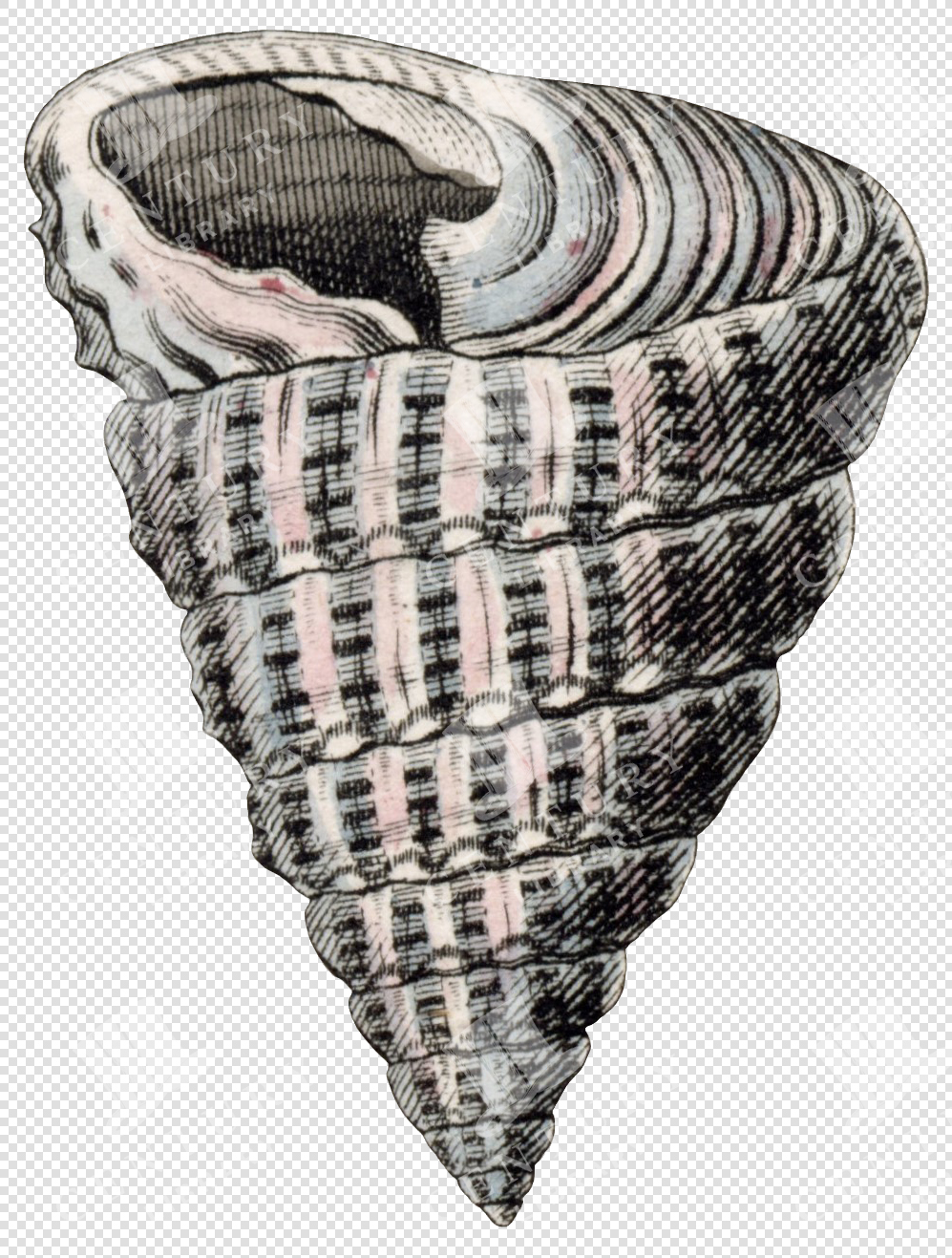

Pink and Black Textured Spiral Shell Illustration with Transparent Background for Collage Projects
This vintage sea shell illustration was carefully isolated from a hand-colored engraving published in the mid-1800s. Part of a detailed natural history collection, it showcases the intricate textures and rich tones typical of 19th-century scientific illustration. Perfect for collage, print, or digital design work, this transparent PNG retains the charm and precision of antique artwork while offering modern usability.
- Image Type(s): PNG
- antique shell
- beachcomber art
- bivalve shell
- coastal shell
- conch shell
- hand-colored shell
- historic shell
- marine biology
- marine shell
- mollusk shell
- Natural History
- ocean shell
- ocean specimen
- scientific illustration
- sea life illustration
- Sea Shell
- seashell PNG
- seashell study
- shell artwork
- shell chart
- shell cutout
- shell decor
- shell drawing
- shell engraving
- shell graphic
- shell illustration
- shell specimen
- shell taxonomy
- spiral shell
- Victorian shell
From this collection
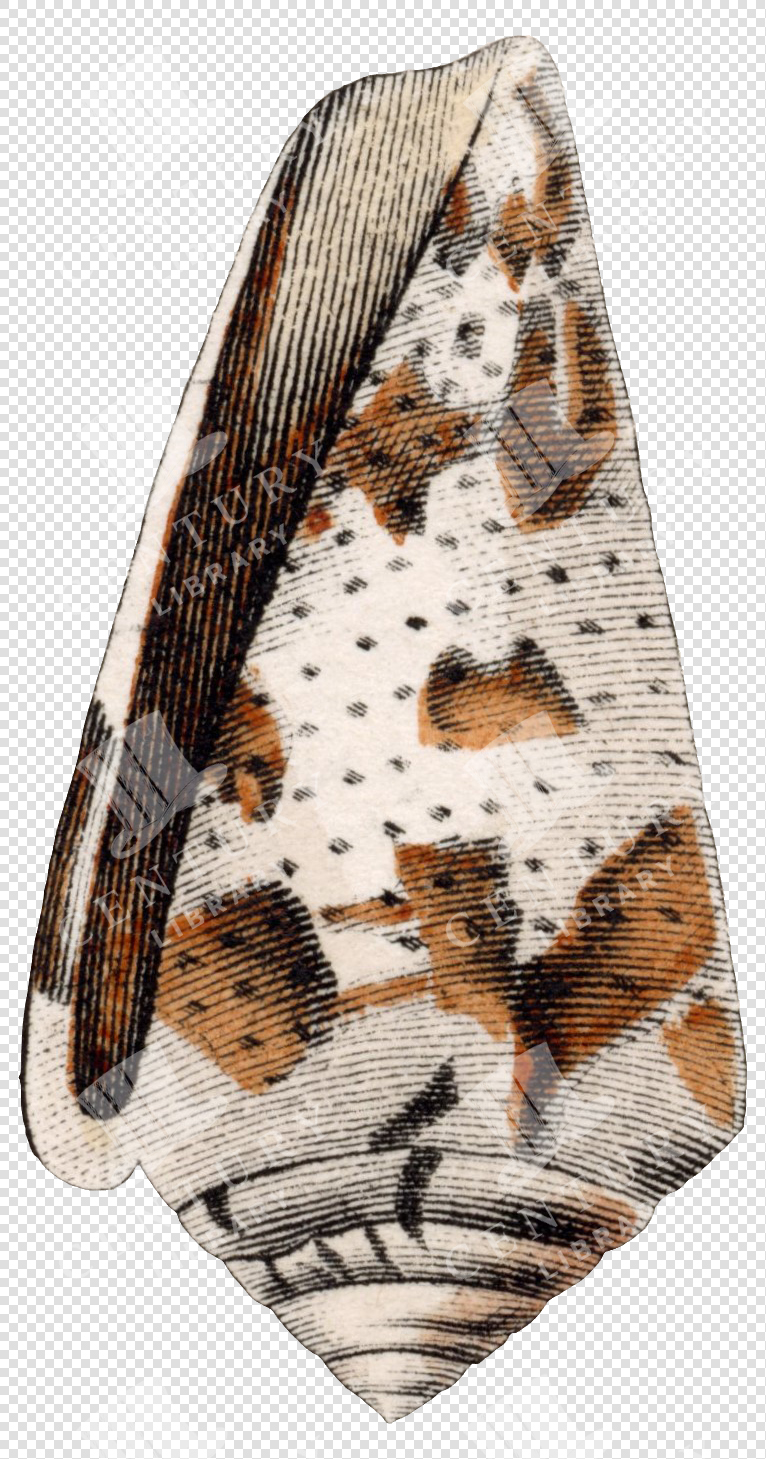

Spotted and Speckled Cone Shell Illustration with Transparent Background for Collage and Overlays
This vintage sea shell illustration was carefully isolated from a hand-colored engraving published in the mid-1800s. Part of a detailed natural history collection, it showcases the intricate textures and rich tones typical of 19th-century scientific illustration. Perfect for collage, print, or digital design work, this transparent PNG retains the charm and precision of antique artwork while offering modern usability.
- Image Type(s): PNG
- antique shell
- beachcomber art
- bivalve shell
- coastal shell
- conch shell
- hand-colored shell
- historic shell
- marine biology
- marine shell
- mollusk shell
- Natural History
- ocean shell
- ocean specimen
- scientific illustration
- sea life illustration
- Sea Shell
- seashell PNG
- seashell study
- shell artwork
- shell chart
- shell cutout
- shell decor
- shell drawing
- shell engraving
- shell graphic
- shell illustration
- shell specimen
- shell taxonomy
- spiral shell
- Victorian shell
From this collection
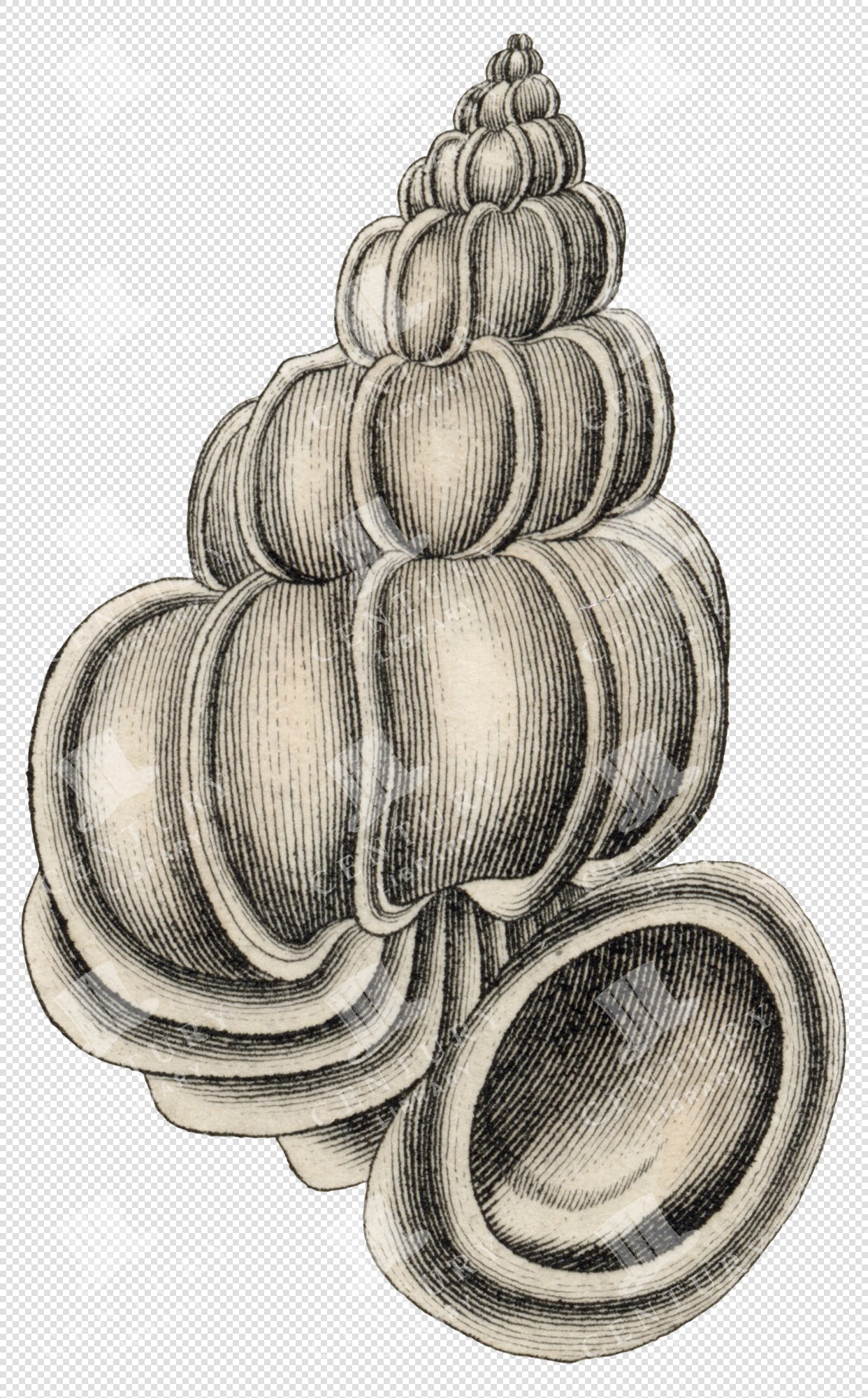

Beige and Black Spiral Shell PNG Illustration with Grooved Textured Surface and Transparent Background
This vintage sea shell illustration was carefully isolated from a hand-colored engraving published in the mid-1800s. Part of a detailed natural history collection, it showcases the intricate textures and rich tones typical of 19th-century scientific illustration. Perfect for collage, print, or digital design work, this transparent PNG retains the charm and precision of antique artwork while offering modern usability.
- Image Type(s): PNG
- antique shell
- beachcomber art
- bivalve shell
- coastal shell
- conch shell
- hand-colored shell
- historic shell
- marine biology
- marine shell
- mollusk shell
- Natural History
- ocean shell
- ocean specimen
- scientific illustration
- sea life illustration
- Sea Shell
- seashell PNG
- seashell study
- shell artwork
- shell chart
- shell cutout
- shell decor
- shell drawing
- shell engraving
- shell graphic
- shell illustration
- shell specimen
- shell taxonomy
- spiral shell
- Victorian shell
From this collection


Beige and Red Scallop Shell PNG Illustration with Radiating Lines and Transparent Background
This vintage sea shell illustration was carefully isolated from a hand-colored engraving published in the mid-1800s. Part of a detailed natural history collection, it showcases the intricate textures and rich tones typical of 19th-century scientific illustration. Perfect for collage, print, or digital design work, this transparent PNG retains the charm and precision of antique artwork while offering modern usability.
- Image Type(s): PNG
- antique shell
- beachcomber art
- bivalve shell
- coastal shell
- conch shell
- hand-colored shell
- historic shell
- marine biology
- marine shell
- mollusk shell
- Natural History
- ocean shell
- ocean specimen
- scientific illustration
- sea life illustration
- Sea Shell
- seashell PNG
- seashell study
- shell artwork
- shell chart
- shell cutout
- shell decor
- shell drawing
- shell engraving
- shell graphic
- shell illustration
- shell specimen
- shell taxonomy
- spiral shell
- Victorian shell
From this collection
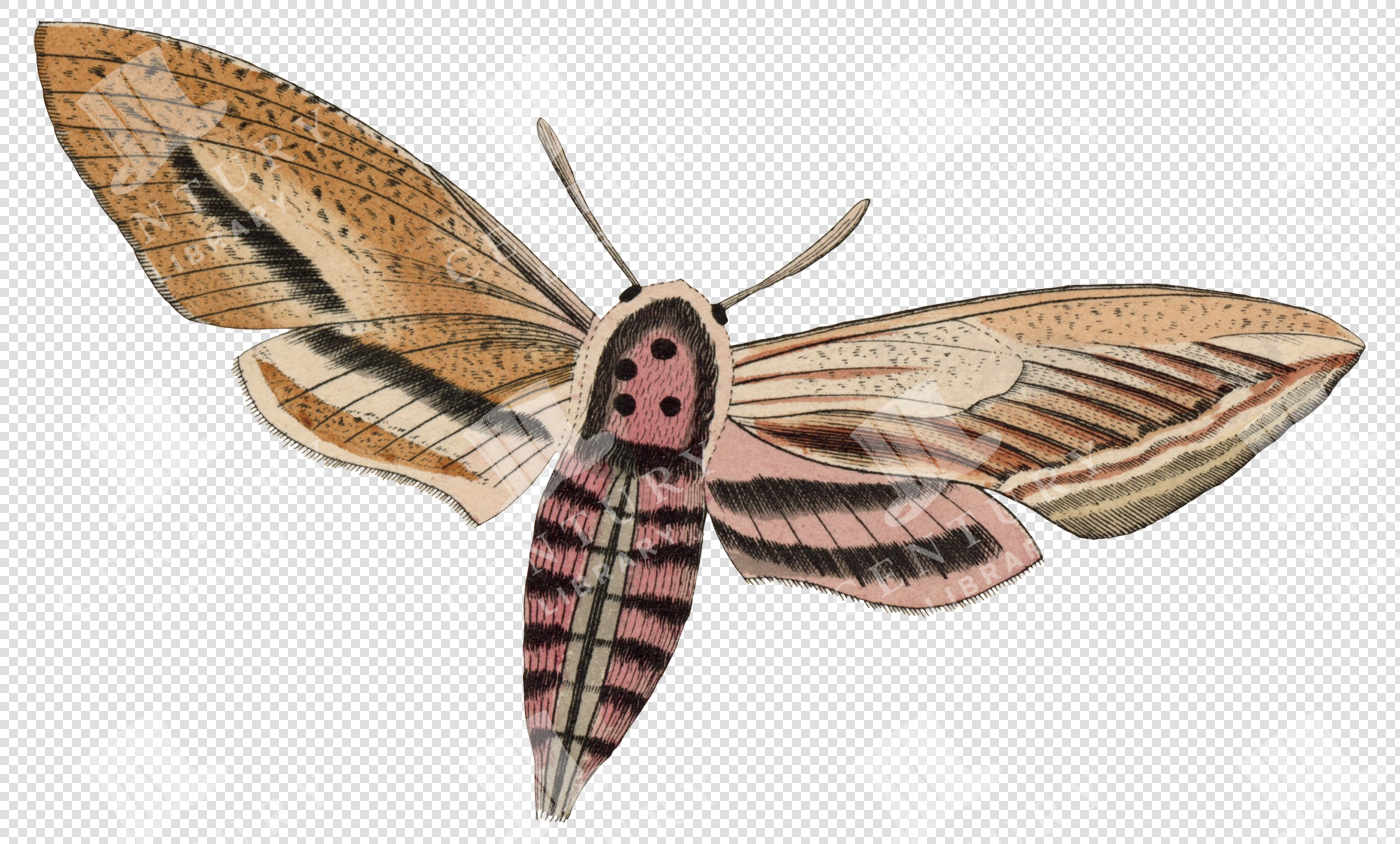

Pink-Striped Vintage Moth with Tan Wings
- Image Type(s): PNG
From this collection


West Indian Tree Frog Isolated PNG Line Art Illustration
Isolated PNG line art illustration of a West Indian tree frog, capturing its small size and unique features in a realistic and detailed style
- Resolution: 1908px x 1214px
- Image Type(s): PNG
Related Images


Virginian Uhu Perched on Branch Line Art Illustration
Illustration of a Virginian Uhu perched on a branch in line art, showcasing its distinctive ear tufts and powerful build in a natural setting
- Resolution: 3668px x 4553px
- Image Type(s): PNG
Related Images


Antique Illustration of a Bee with Detailed Wing and Body Structure from the 1800s
This 1800s vintage illustration depicts a bee with highly detailed wings and body, exemplifying the insect’s anatomy in historical natural history art.
- Resolution: 1079px x 1251px
- Image Type(s): PNG
Related Images
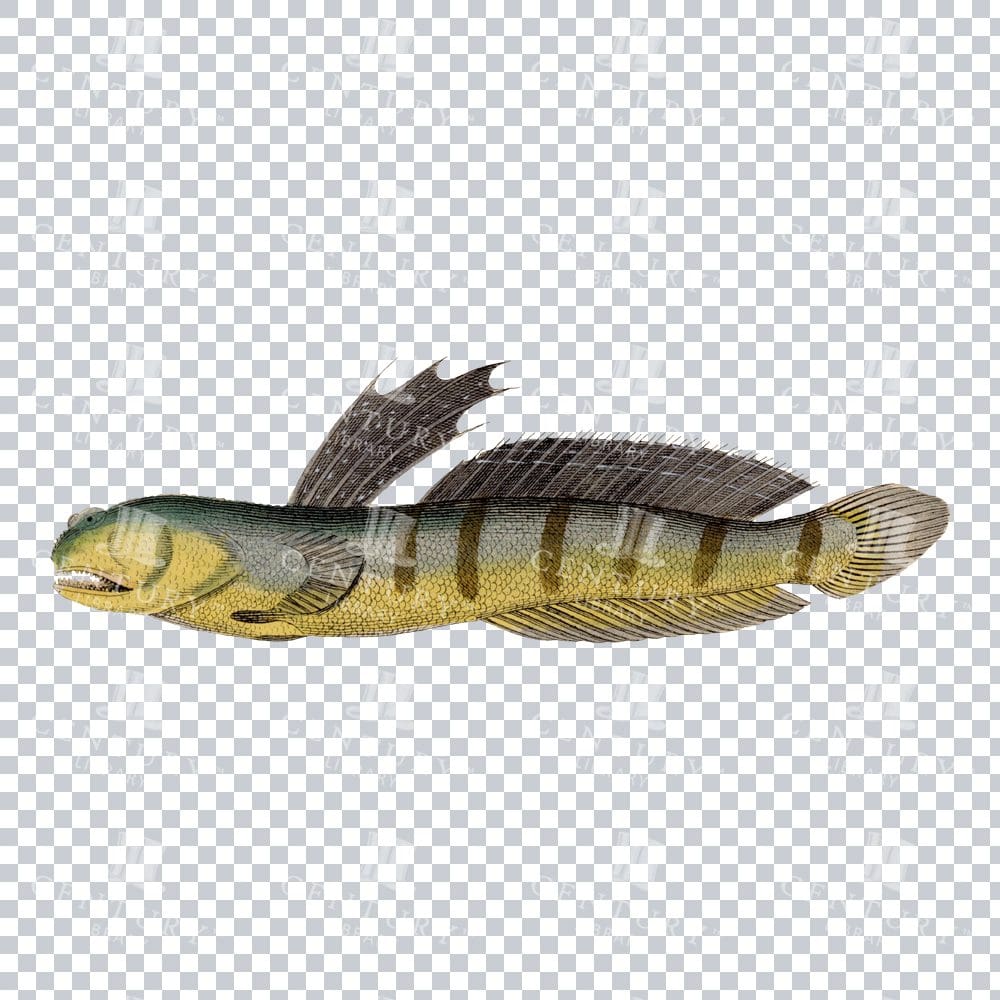

Vintage Mudskipper Fish Design – Illustration of a Fish
- License Info
- Resolution: 3749 × 1195
From this collection
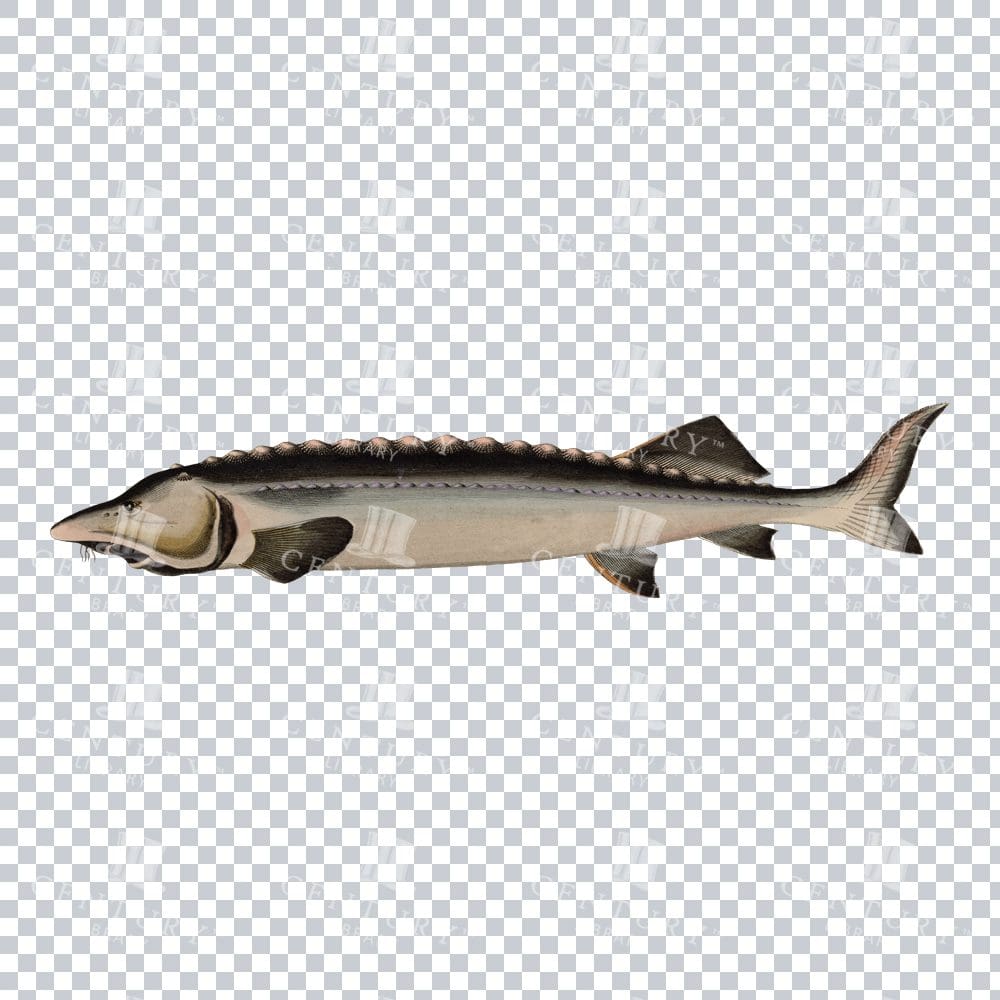

Timeless Png Illustration of a European Sturgeon
- License Info
- Resolution: 7670 × 1671
From this collection
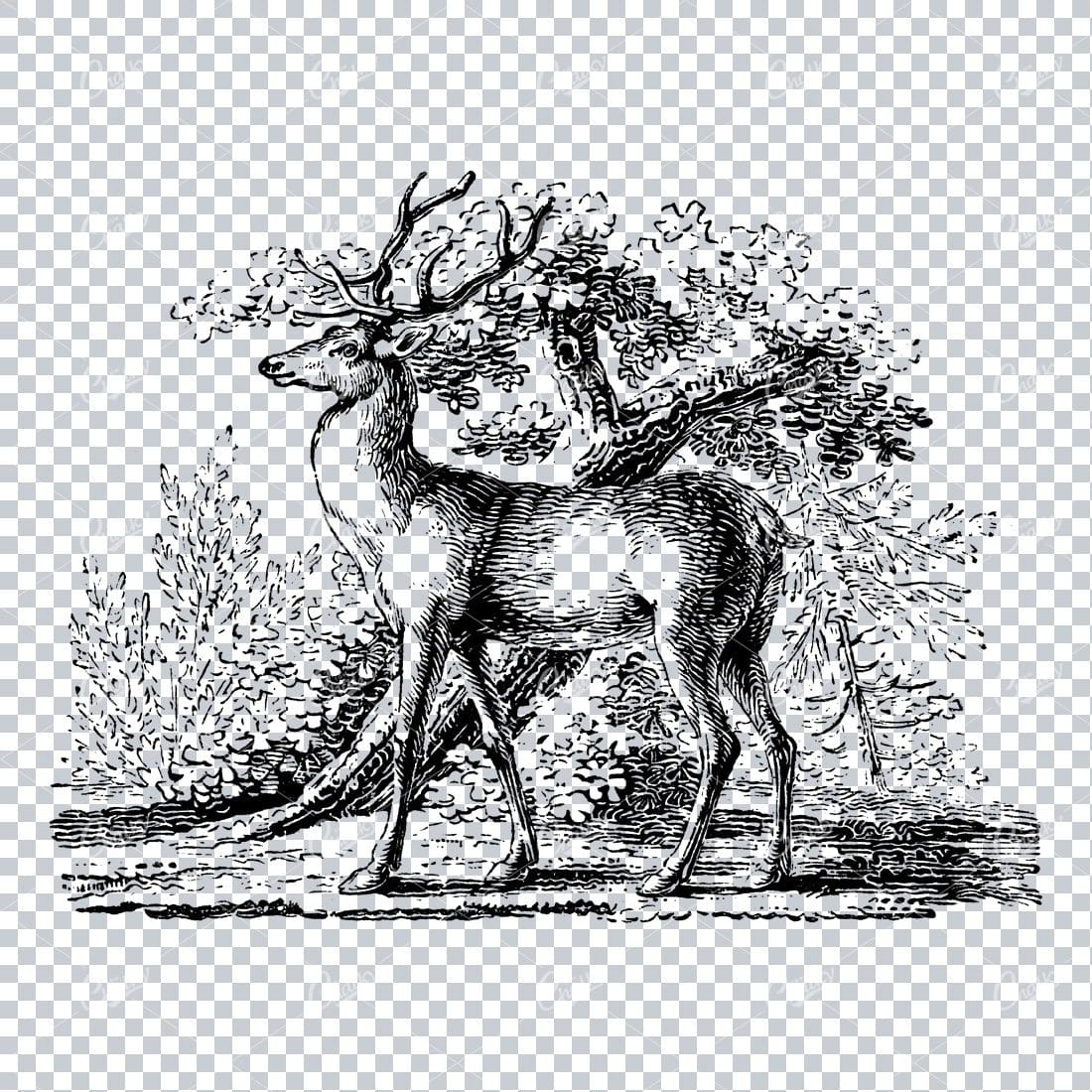

Antique Natural History Line Art Illustration – Stag in Forest
- License Info
- Resolution: 2108px x 1611px


Lloyd’s Natural History 1896 – Antique Coloured Butterfly Print
- License Info
- Resolution: 4153px x 6263px
- Year of Print: 1896
- Artist: Edward Lloyd
From this collection
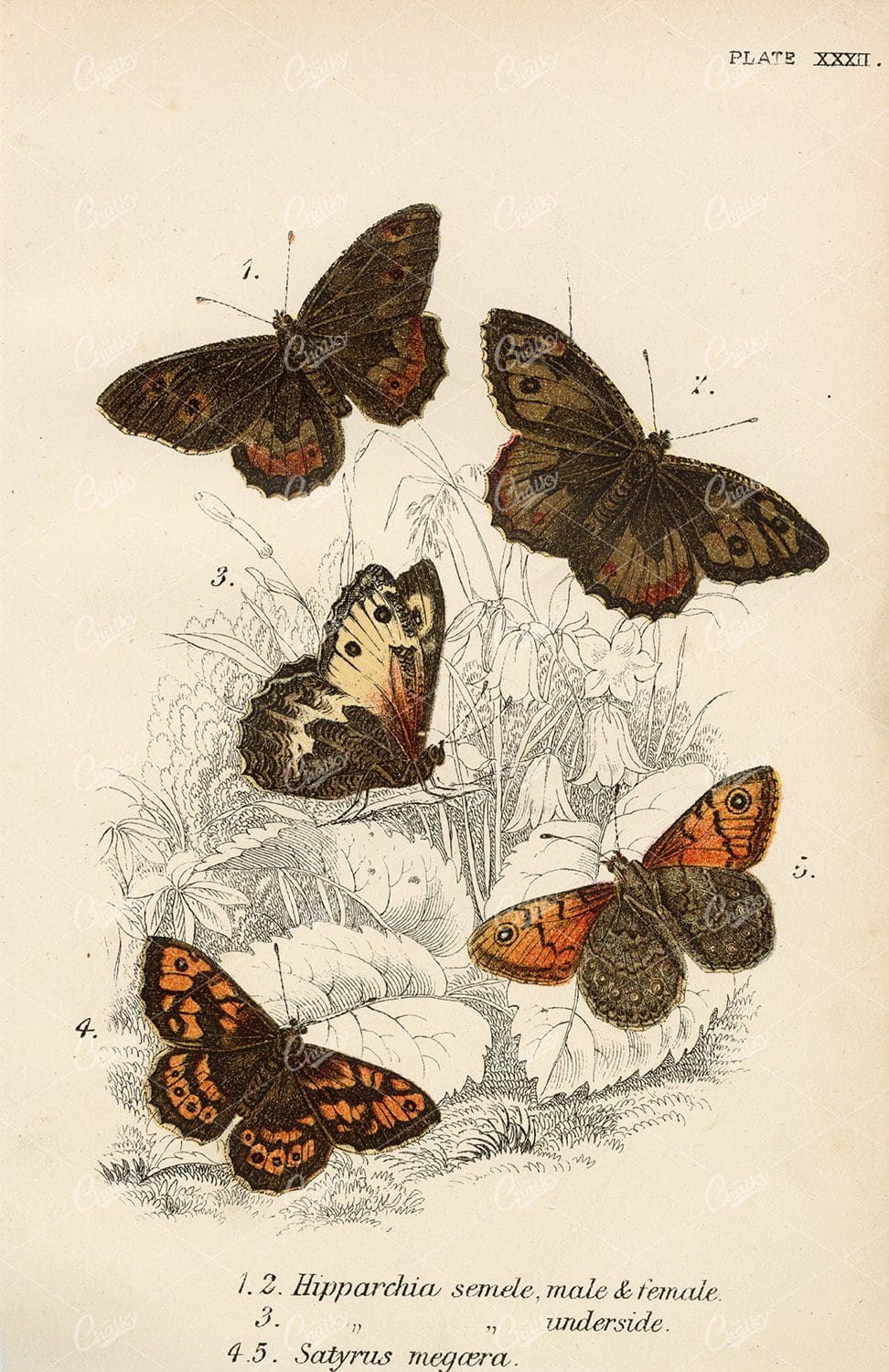

Lloyd’s Natural History Vintage Coloured Butterfly Print – 1896
- License Info
- Resolution: 4076px x 6288px
- Year of Print: 1896
- Artist: Edward Lloyd
From this collection
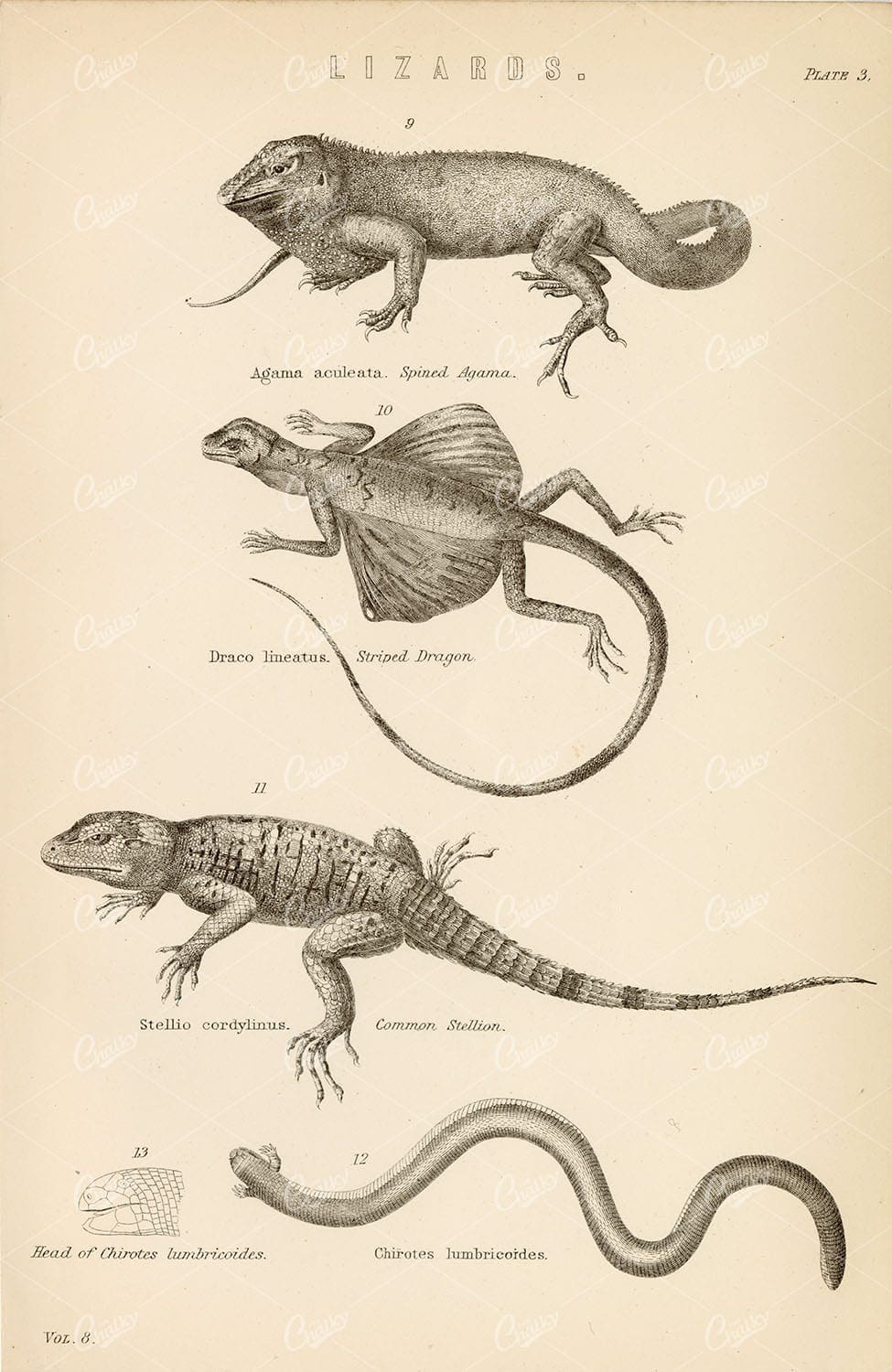

REPTILES Lizards – Agama, Dragon, Stellion. Antique 1880s Print
An original Antique Plate scan from the National Encyclopaedia: A Dictionary of Universal Knowledge. Published by William Mackenzie in 1880. Click on the Artist’s name to see the full collection from this series!
- License Info
- Resolution: 5500 x 8600 300dpi
- Year of Print: 1880
- Artist: William Mackenzie
From this collection
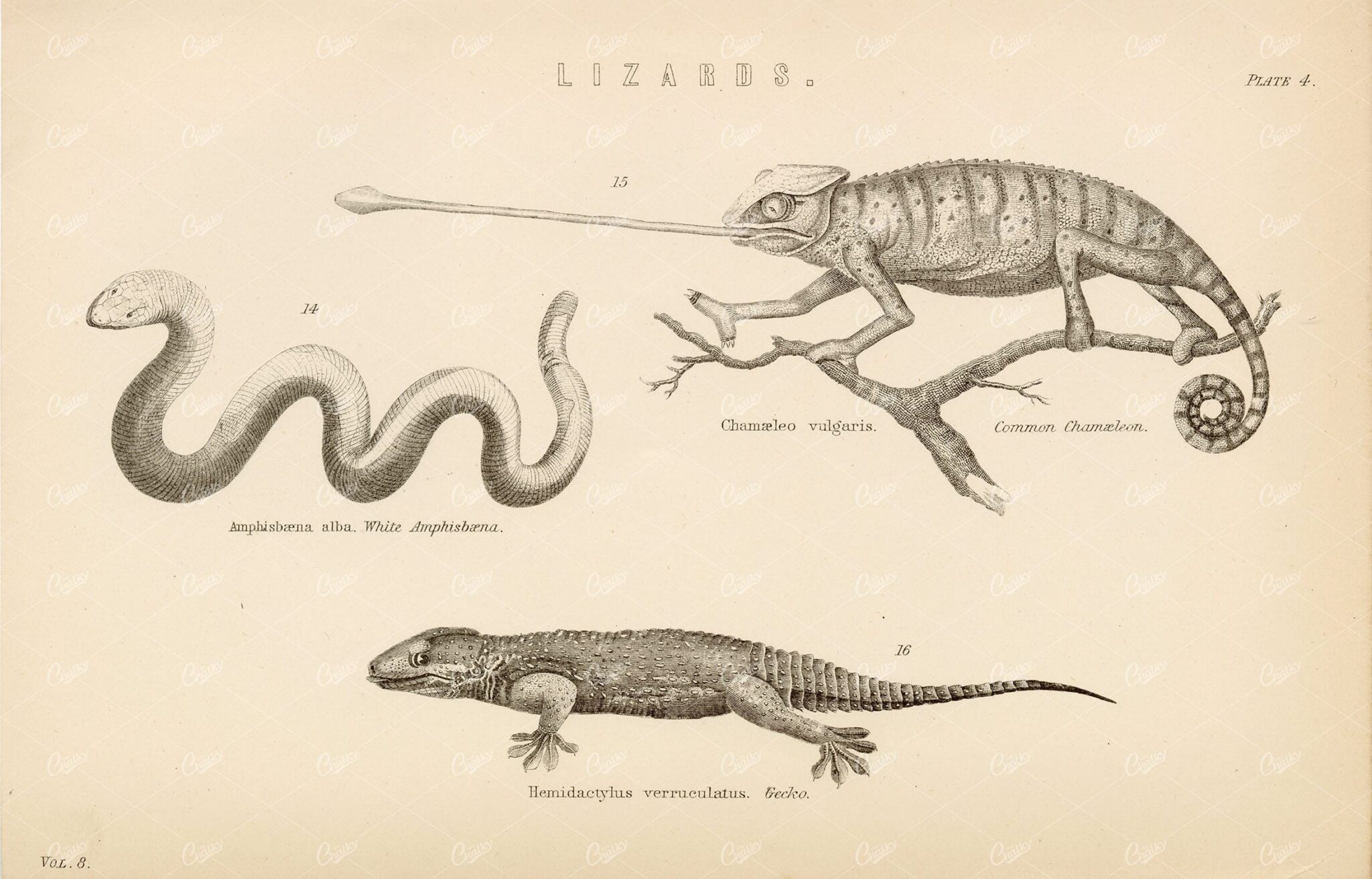

REPTILES Lizards – Chameleon, Amphisbena, Gecko – 1880’s Antique Print
An original Antique Plate scan from the National Encyclopaedia: A Dictionary of Universal Knowledge. Published by William Mackenzie in 1880. Click on the Artist’s name to see the full collection from this series!
- License Info
- Resolution: 8600 x 5500 300dpi
- Year of Print: 1880
- Artist: William Mackenzie
From this collection
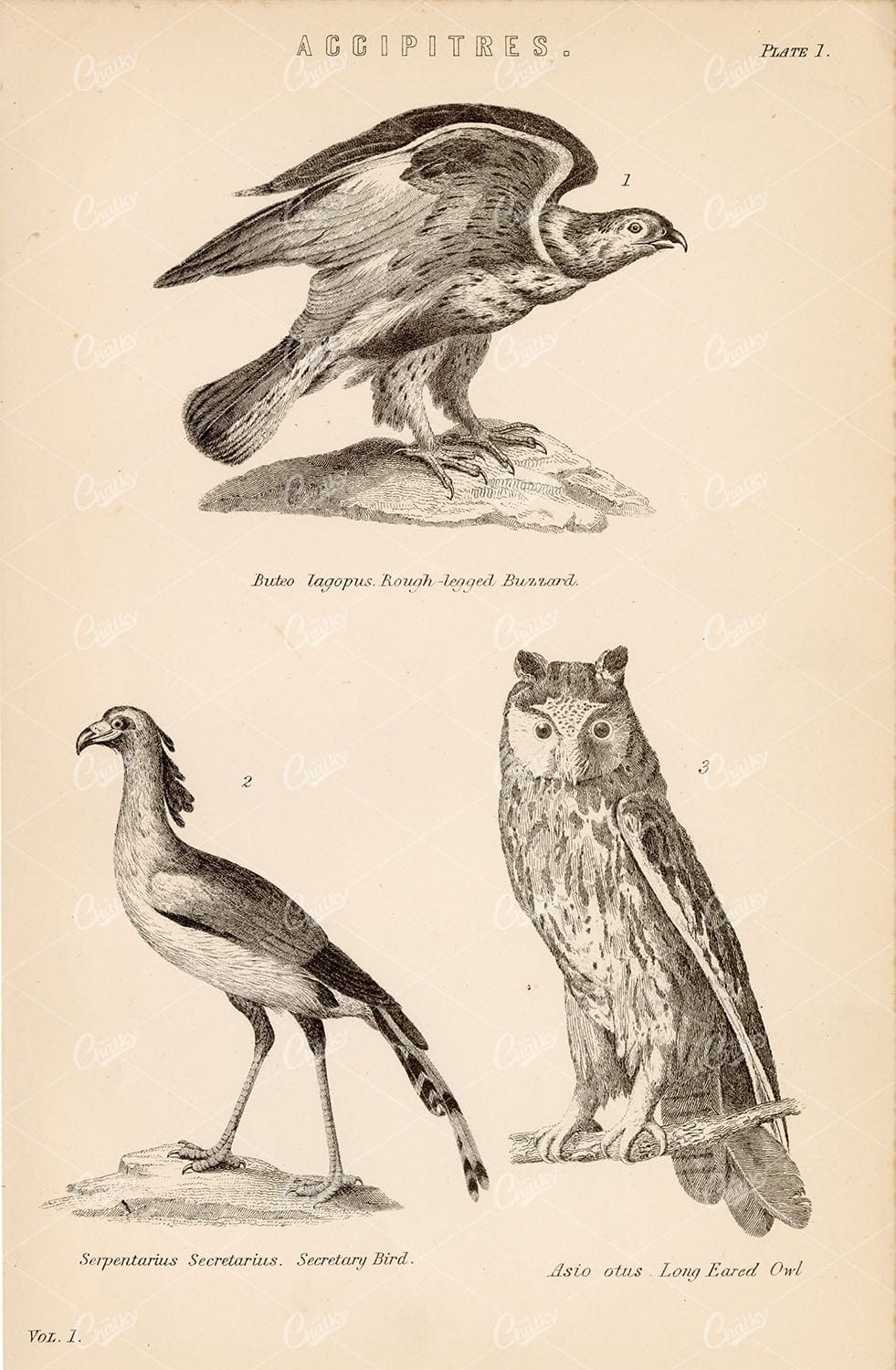

ACCIPITRES Rapacious Birds. Buzzard, Owl, Secretary. 1880 Antique Print
An original Antique Plate scan from the National Encyclopaedia: A Dictionary of Universal Knowledge. Published by William Mackenzie in 1880. Click on the Artist’s name to see the full collection from this series!
- License Info
- Resolution: 5500 x 8600 300dpi
- Year of Print: 1880
- Artist: William Mackenzie
From this collection


1853 Antique Stock Image MUD SUNFISH, U.S.P.R.R Fish Survey Plate VIII
This 167 year old scan is from “U.S.P.R.R. Exp. & Surveys – To ascertain the most practicable and economical route for a railroad from the Mississippi River to the Pacific Ocean. Made under the direction of the secretary of war in 1853-1856”. The artwork inside was some of the most artistic and accurate prints made of Birds, Mammals, Reptiles and Fish from the American West. Many of the Lithographs were beautifully hand-colored by a group of naturalists and artists who travelled with the expedition surverying the West for the U.S. Pacific Railroad. Search our archives or click on the artist name below to view the rest of the collection!
- License Info
- Resolution: 7594 x 10009 300dpi
- Year of Print: 1853
- Artist: USPRR Surveys
From this collection
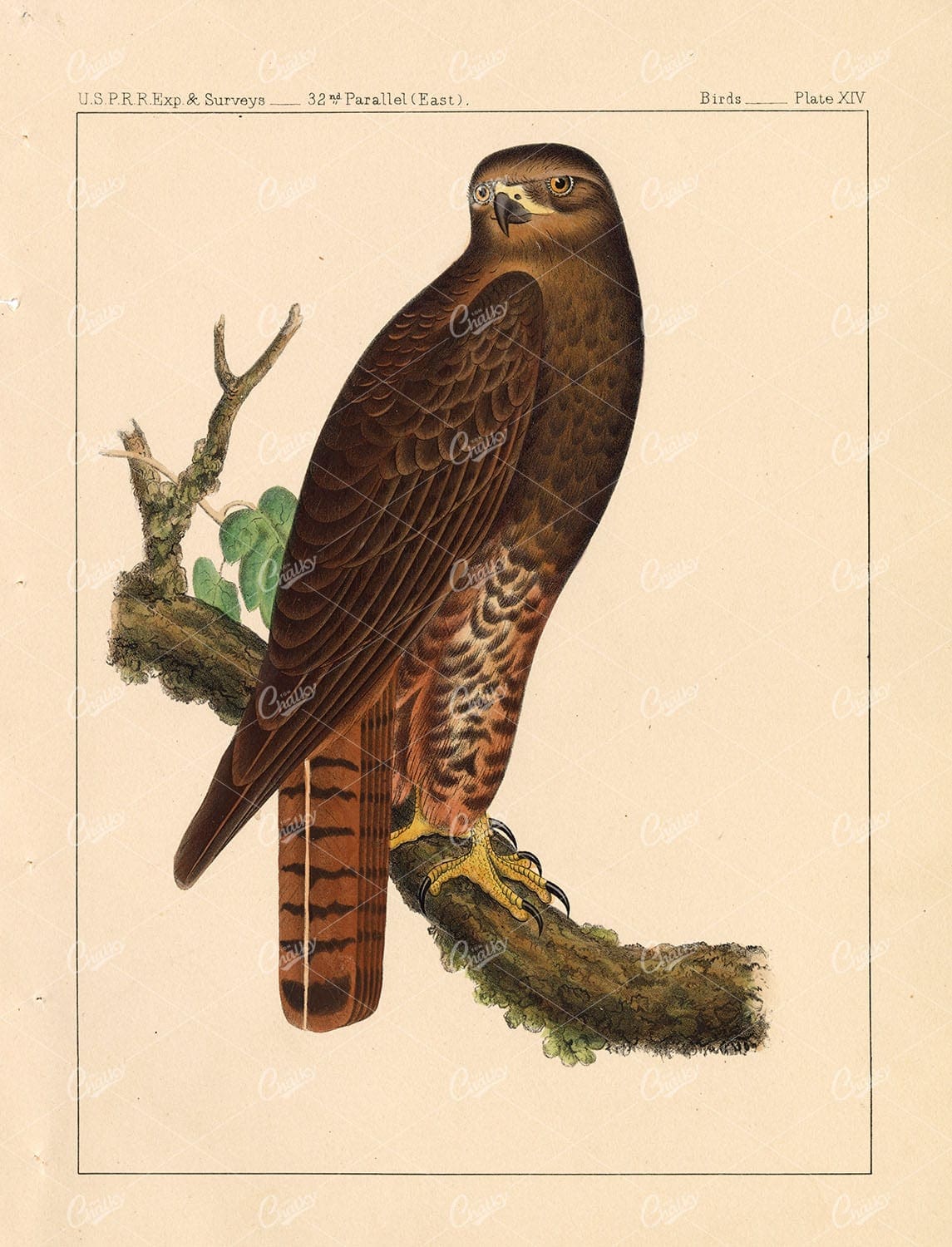

HAWK Red-Tailed, Hand Coloured Rare Vintage Stock Image, U.S.P.R.R Bird Survey
This 167 year old scan is from “U.S.P.R.R. Exp. & Surveys – To ascertain the most practicable and economical route for a railroad from the Mississippi River to the Pacific Ocean. Made under the direction of the secretary of war in 1853-1856”. The artwork inside was some of the most artistic and accurate prints made of Birds, Mammals, Reptiles and Fish from the American West. Many of the Lithographs were beautifully hand-colored by a group of naturalists and artists who travelled with the expedition surverying the West for the U.S. Pacific Railroad. Search our archives or click on the artist name below to view the rest of the collection!
- License Info
- Resolution: 7594 x 10009 300dpi
- Year of Print: 1853
- Artist: USPRR Surveys
From this collection


1853 Antique Stock Image Brandt’s Cormorant, Hand Coloured U.S.P.R.R Birds Survey
This 167 year old scan is from “U.S.P.R.R. Exp. & Surveys – To ascertain the most practicable and economical route for a railroad from the Mississippi River to the Pacific Ocean. Made under the direction of the secretary of war in 1853-1856”. The artwork inside was some of the most artistic and accurate prints made of Birds, Mammals, Reptiles and Fish from the American West. Many of the Lithographs were beautifully hand-colored by a group of naturalists and artists who travelled with the expedition surverying the West for the U.S. Pacific Railroad. Search our archives or click on the artist name below to view the rest of the collection!
- License Info
- Resolution: 7594 x 10009 300dpi
- Year of Print: 1853
- Artist: USPRR Surveys
From this collection
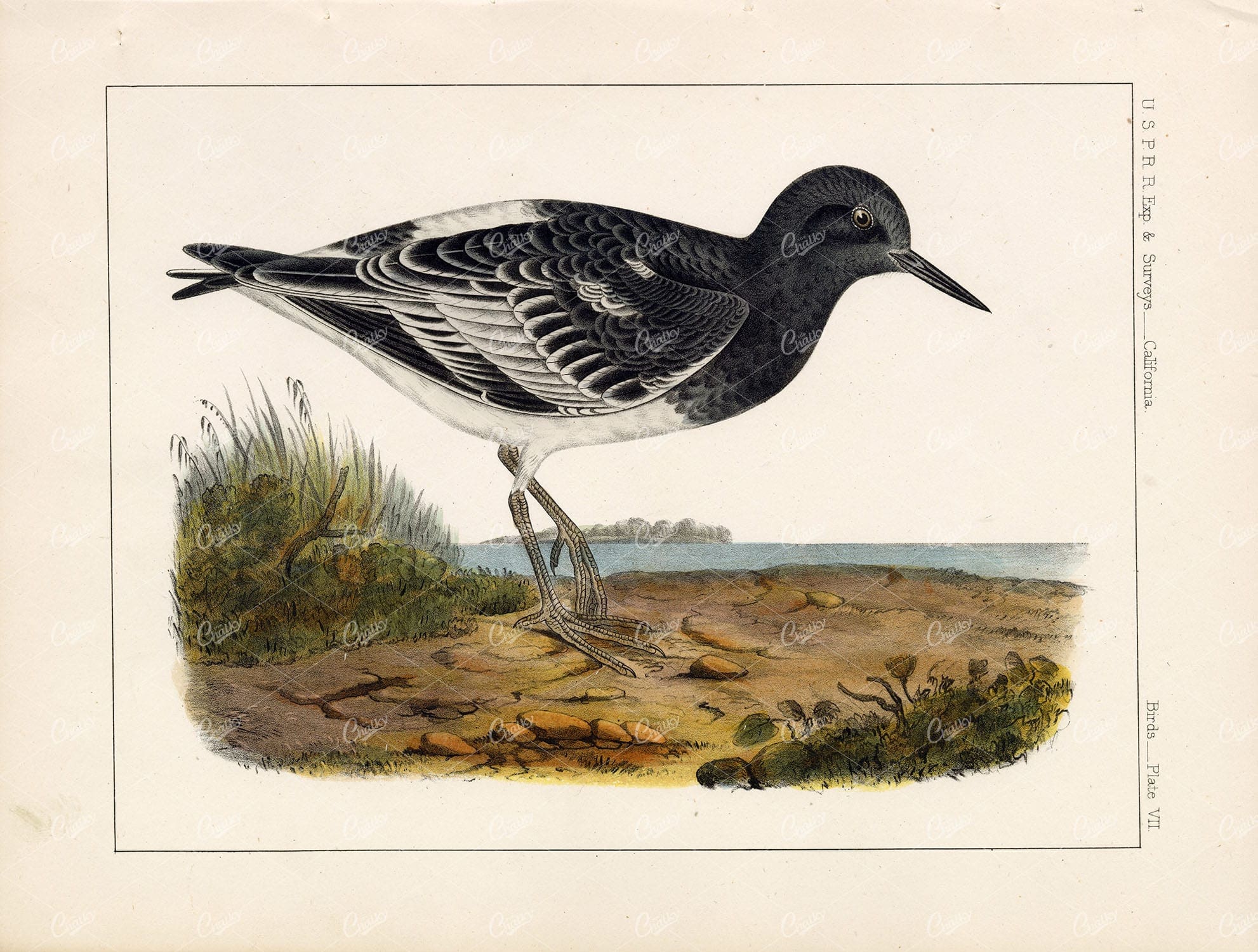

Black Turnstone (Strepsilas melanocephala, Vigors) 1853 Bird Stock Image Plate 7
This 167 year old scan is from “U.S.P.R.R. Exp. & Surveys – To ascertain the most practicable and economical route for a railroad from the Mississippi River to the Pacific Ocean. Made under the direction of the secretary of war in 1853-1856”. The artwork inside was some of the most artistic and accurate prints made of Birds, Mammals, Reptiles and Fish from the American West. Many of the Lithographs were beautifully hand-colored by a group of naturalists and artists who travelled with the expedition surverying the West for the U.S. Pacific Railroad. Search our archives or click on the artist name below to view the rest of the collection!
- License Info
- Resolution: 7594 x 10009 300dpi
- Year of Print: 1853
- Artist: USPRR Surveys
From this collection
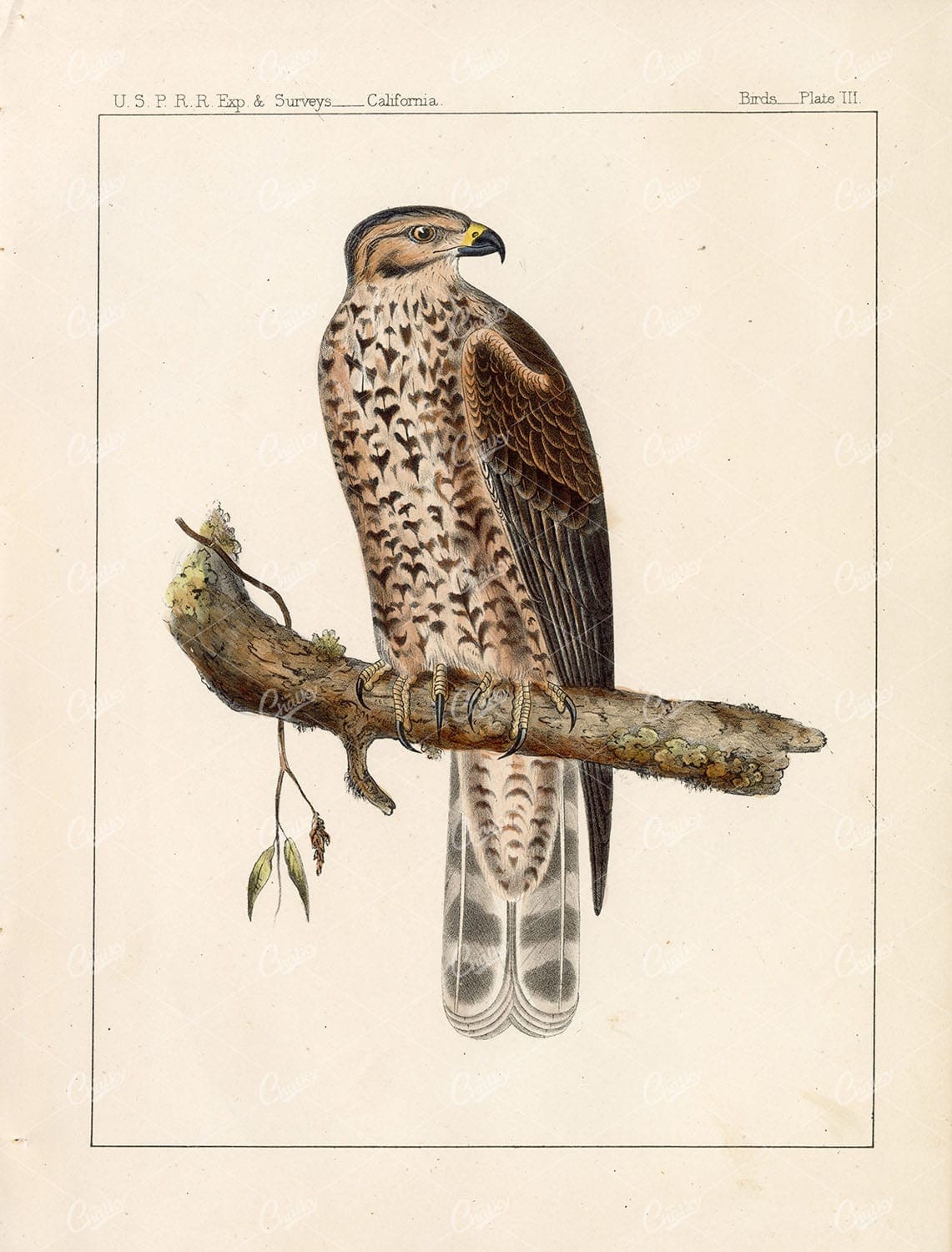

CALIFORNIA Red Shouldered Hawk (Young) Hand Colored Antique Lithograph
This 167 year old scan is from “U.S.P.R.R. Exp. & Surveys – To ascertain the most practicable and economical route for a railroad from the Mississippi River to the Pacific Ocean. Made under the direction of the secretary of war in 1853-1856”. The artwork inside was some of the most artistic and accurate prints made of Birds, Mammals, Reptiles and Fish from the American West. Many of the Lithographs were beautifully hand-colored by a group of naturalists and artists who travelled with the expedition surverying the West for the U.S. Pacific Railroad. Search our archives or click on the artist name below to view the rest of the collection!
- License Info
- Resolution: 7594 x 10009 300dpi
- Year of Print: 1853
- Artist: USPRR Surveys
From this collection


ZOOLOGY – Various Bird Species – Antique Johann Heck Original 1851 Print
You’re looking at a well preserved original plate from Johann Georg Heck’s “Iconographic Encyclopedia of Sciences, Literature and Art” published in 1851 by Rudolphe Garrigue in New York. We were extremely fortunate to acquire the full collection of illustrative prints from the series, which after many months of looking, proved to be very difficult!
- License Info
- Resolution: 7195 x 9154 300dpi
- Year of Print: 1851
- Artist: Johann Georg Heck
From this collection
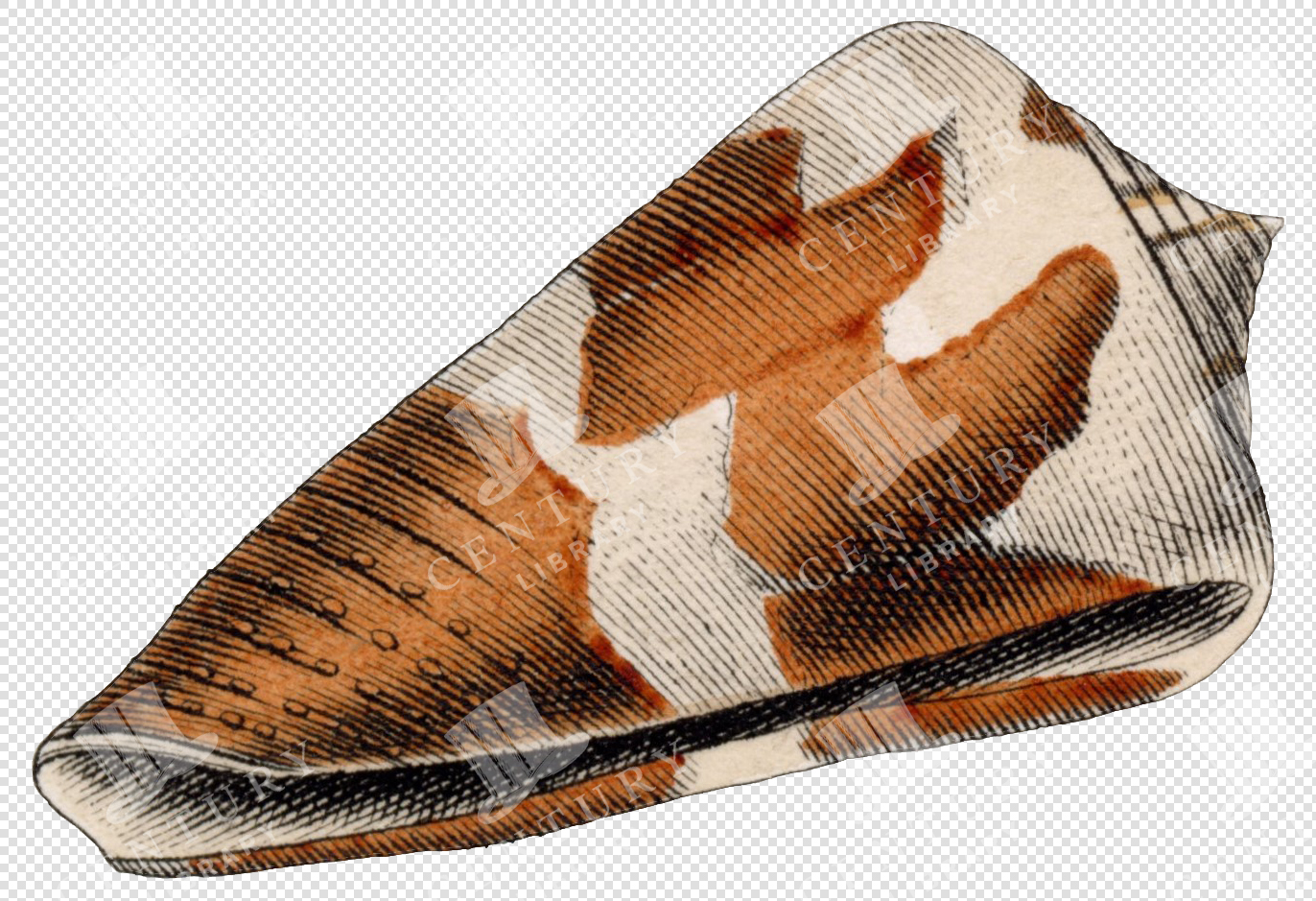

Antique Patterned Shell Illustration with Speckled Brown and White Markings – Transparent PNG
This vintage sea shell illustration was carefully isolated from a hand-colored engraving published in the mid-1800s. Part of a detailed natural history collection, it showcases the intricate textures and rich tones typical of 19th-century scientific illustration. Perfect for collage, print, or digital design work, this transparent PNG retains the charm and precision of antique artwork while offering modern usability.
- Image Type(s): PNG
- antique shell
- beachcomber art
- bivalve shell
- coastal shell
- conch shell
- hand-colored shell
- historic shell
- marine biology
- marine shell
- mollusk shell
- Natural History
- ocean shell
- ocean specimen
- scientific illustration
- sea life illustration
- Sea Shell
- seashell PNG
- seashell study
- shell artwork
- shell chart
- shell cutout
- shell decor
- shell drawing
- shell engraving
- shell graphic
- shell illustration
- shell specimen
- shell taxonomy
- spiral shell
- Victorian shell
From this collection
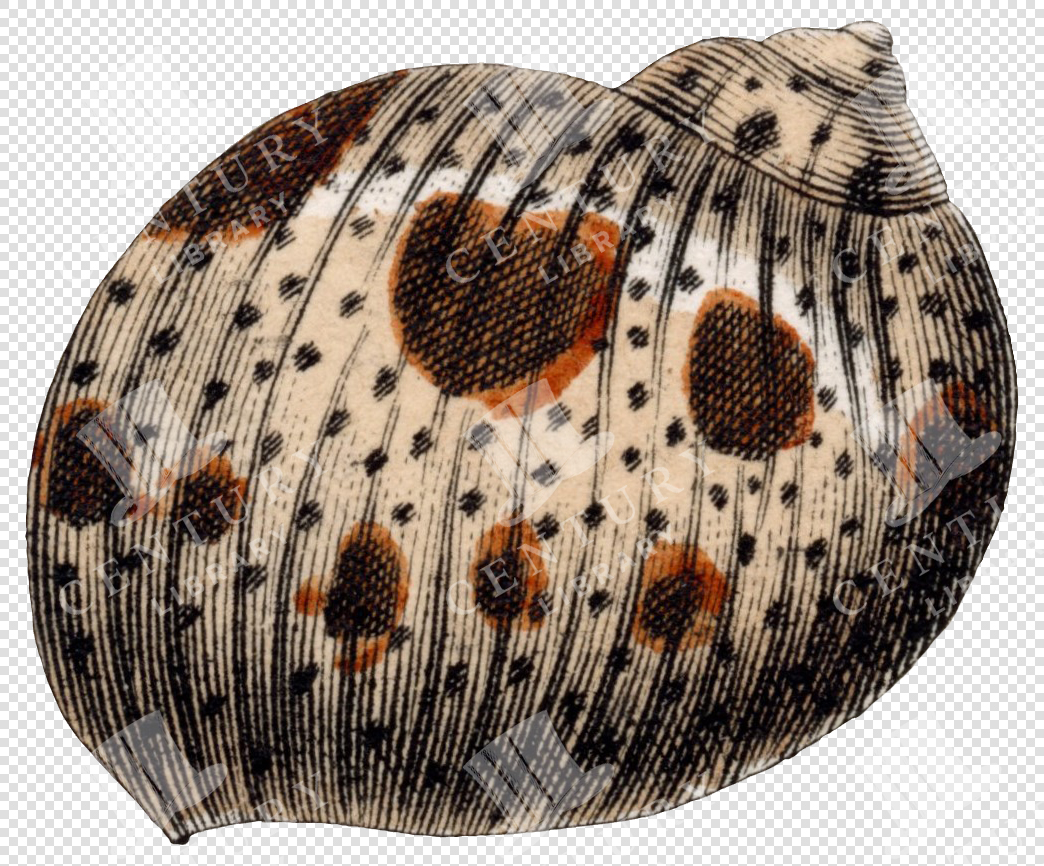

Spotted and Ridged Sea Shell Illustration with Transparent Background for Digital Collage Use
This vintage sea shell illustration was carefully isolated from a hand-colored engraving published in the mid-1800s. Part of a detailed natural history collection, it showcases the intricate textures and rich tones typical of 19th-century scientific illustration. Perfect for collage, print, or digital design work, this transparent PNG retains the charm and precision of antique artwork while offering modern usability.
- Image Type(s): PNG
- antique shell
- bangle
- beachcomber art
- bivalve shell
- coastal shell
- conch shell
- hand-colored shell
- historic shell
- marine biology
- marine shell
- mollusk shell
- Natural History
- ocean shell
- ocean specimen
- scientific illustration
- sea life illustration
- Sea Shell
- seashell PNG
- seashell study
- shell artwork
- shell chart
- shell cutout
- shell decor
- shell drawing
- shell engraving
- shell graphic
- shell illustration
- shell specimen
- shell taxonomy
- spiral shell
- Victorian shell
From this collection


Vintage Illustration of Polecat Skeleton with Slender Build as Transparent PNG
A vintage illustration of a polecat skeleton, characterized by its slender build and intricate bone structure. This transparent PNG is ideal for zoological and anatomical projects.
- Resolution: 3714px x 1203px
- Image Type(s): PNG
From this collection
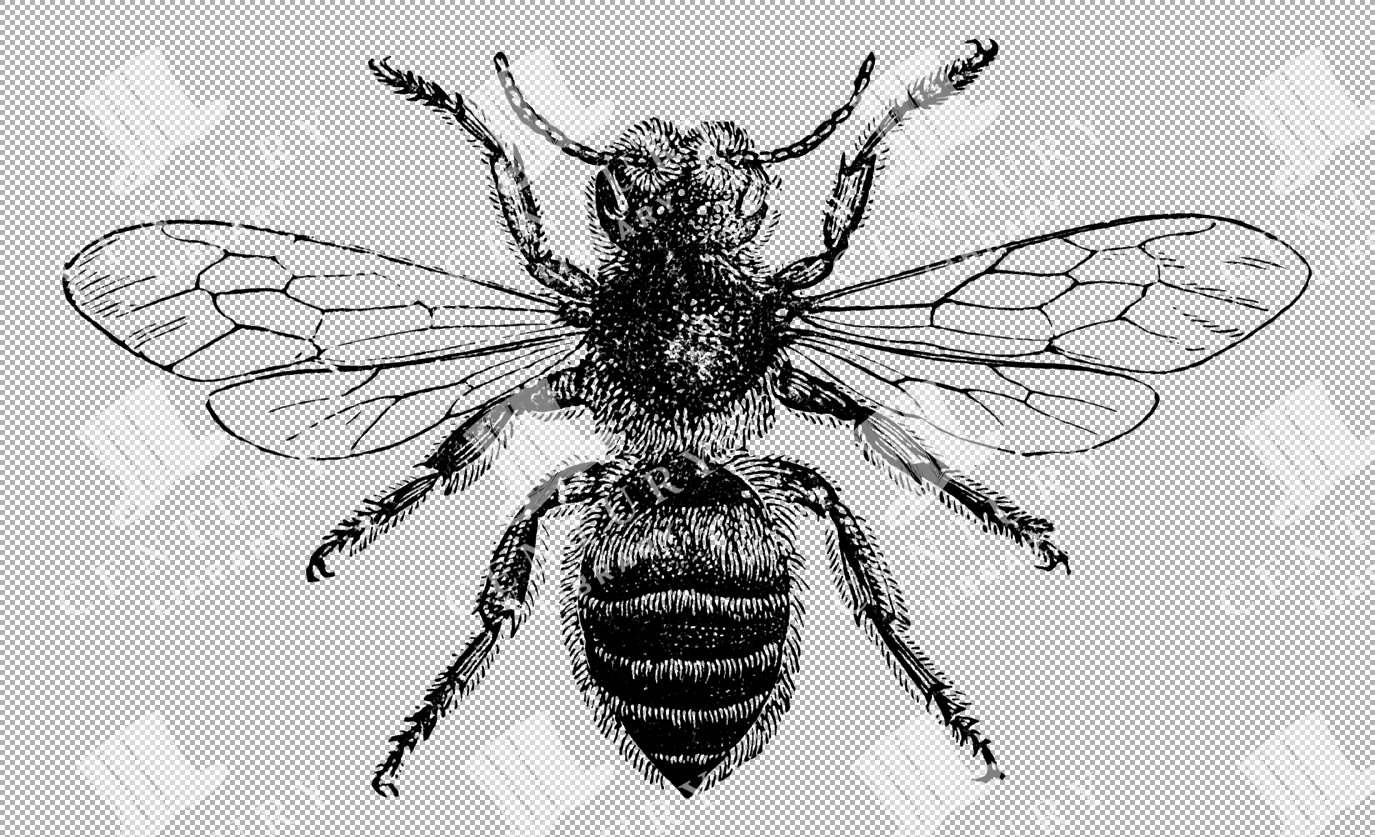

Common Leaf-Cutter Bee Detailed Wing Structure Illustration
This detailed illustration shows a common leaf-cutter bee, focusing on its intricate wing patterns and body structure. The sketch highlights the bee’s segmented body, antennae, and legs, providing a close look at this vital pollinator in a precise artistic style.
- Resolution: 1825px x 1111px
- Image Type(s): PNG
- Agriculture
- Anatomy
- antennae
- Arachnid
- Art
- arthropod
- Artwork
- Beauty
- Bee
- biodiversity
- black
- Body
- close-up
- common
- detailed
- ecosystem
- Entomology
- environment
- fauna
- Flora
- Flying
- Garden
- Hive
- illustration
- Insect
- leaf-cutter
- leafcutter
- Legs
- natural
- Nature
- pollination
- pollinator
- scientific
- segmented
- sketch
- species
- Spider
- structure
- study
- white
- Wing
- Wings
Related Images
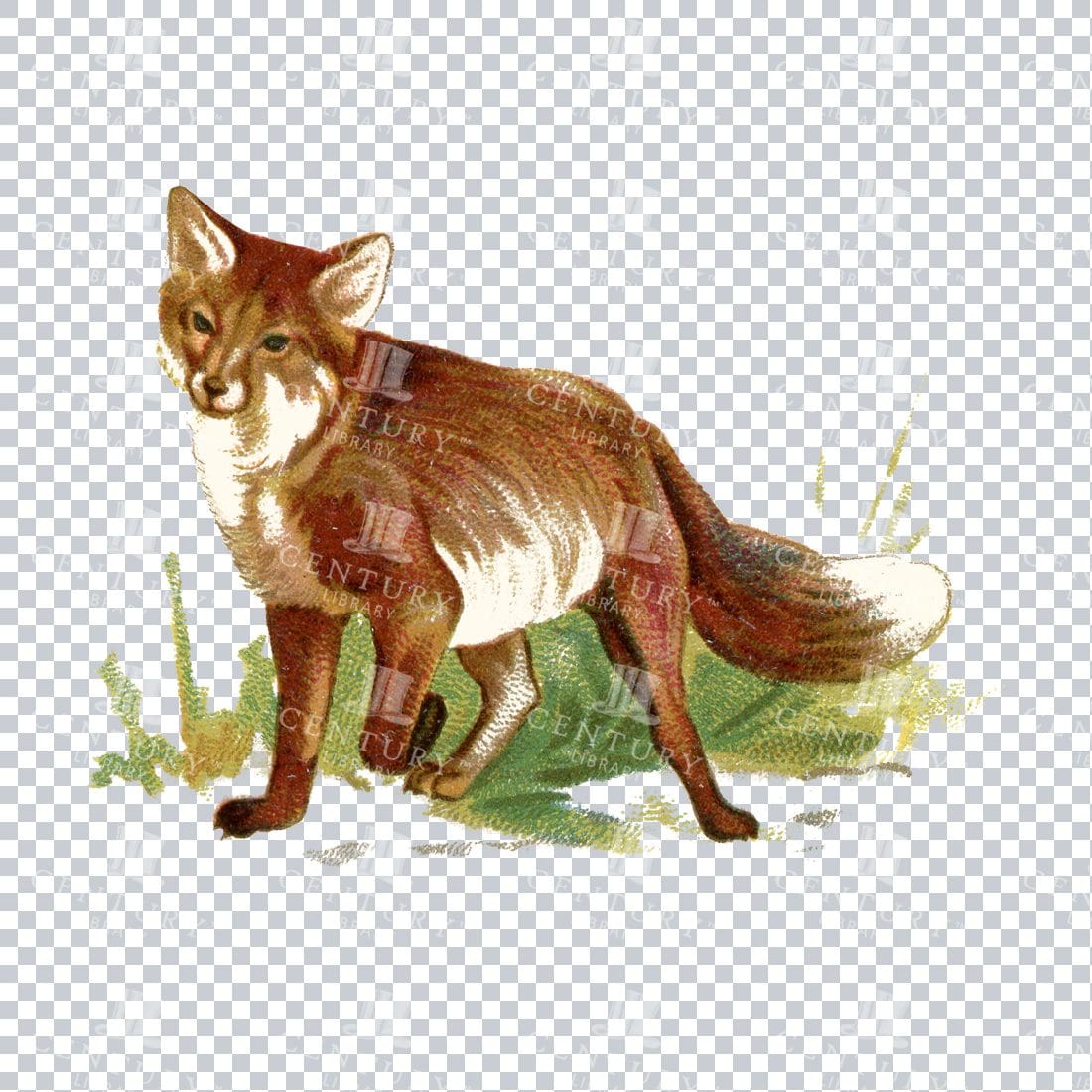

Full Color Vintage Illustration of a Fox
- License Info
- Resolution: 1805px x 1332px
Related Images


Antique Clipart Drawing of a Dragonfly No.1
- License Info
- Resolution: 1799px x 766px
Related Images
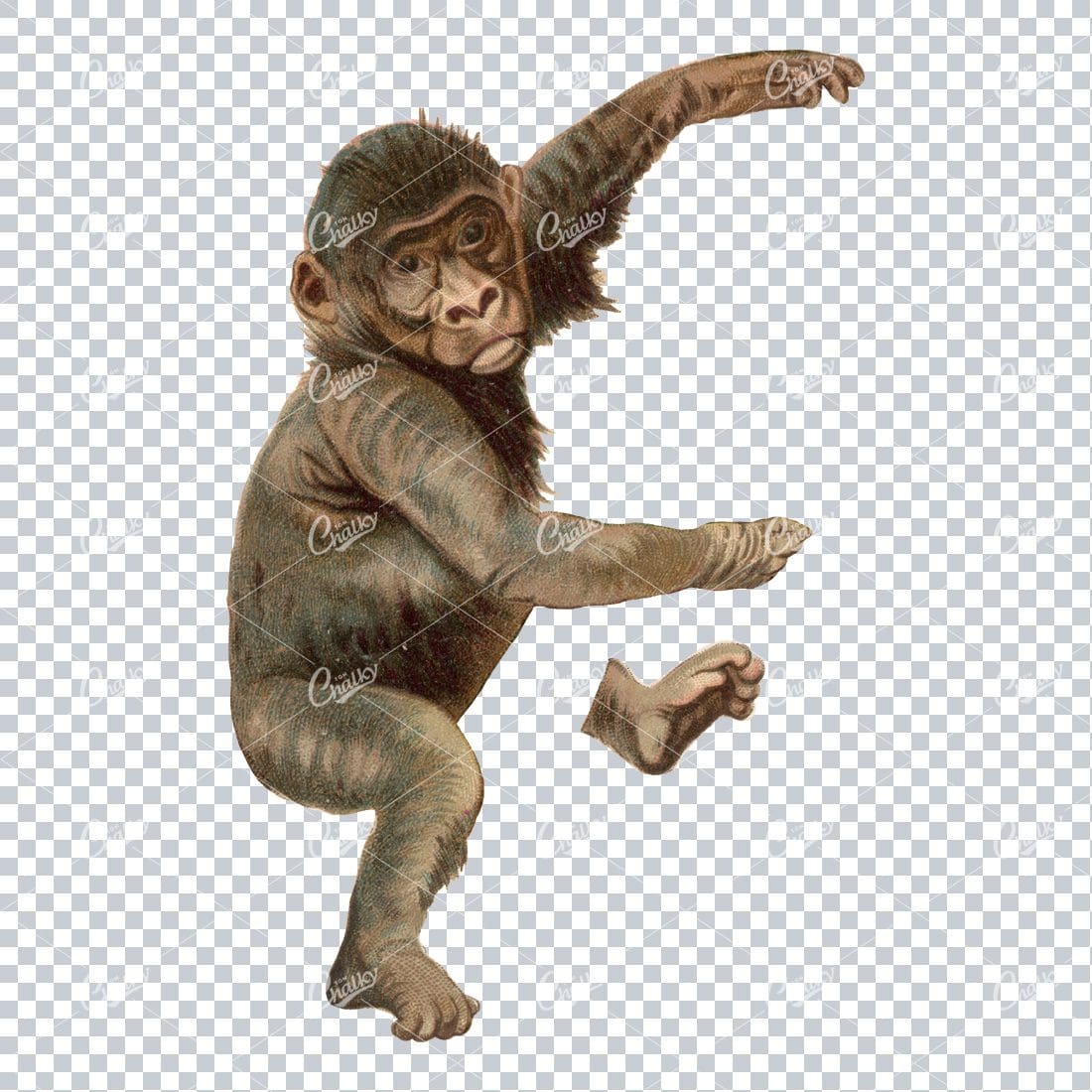

Vintage Full Color PNG Illustration – Monkey No.2
- License Info
- Resolution: 2624px x 4082px
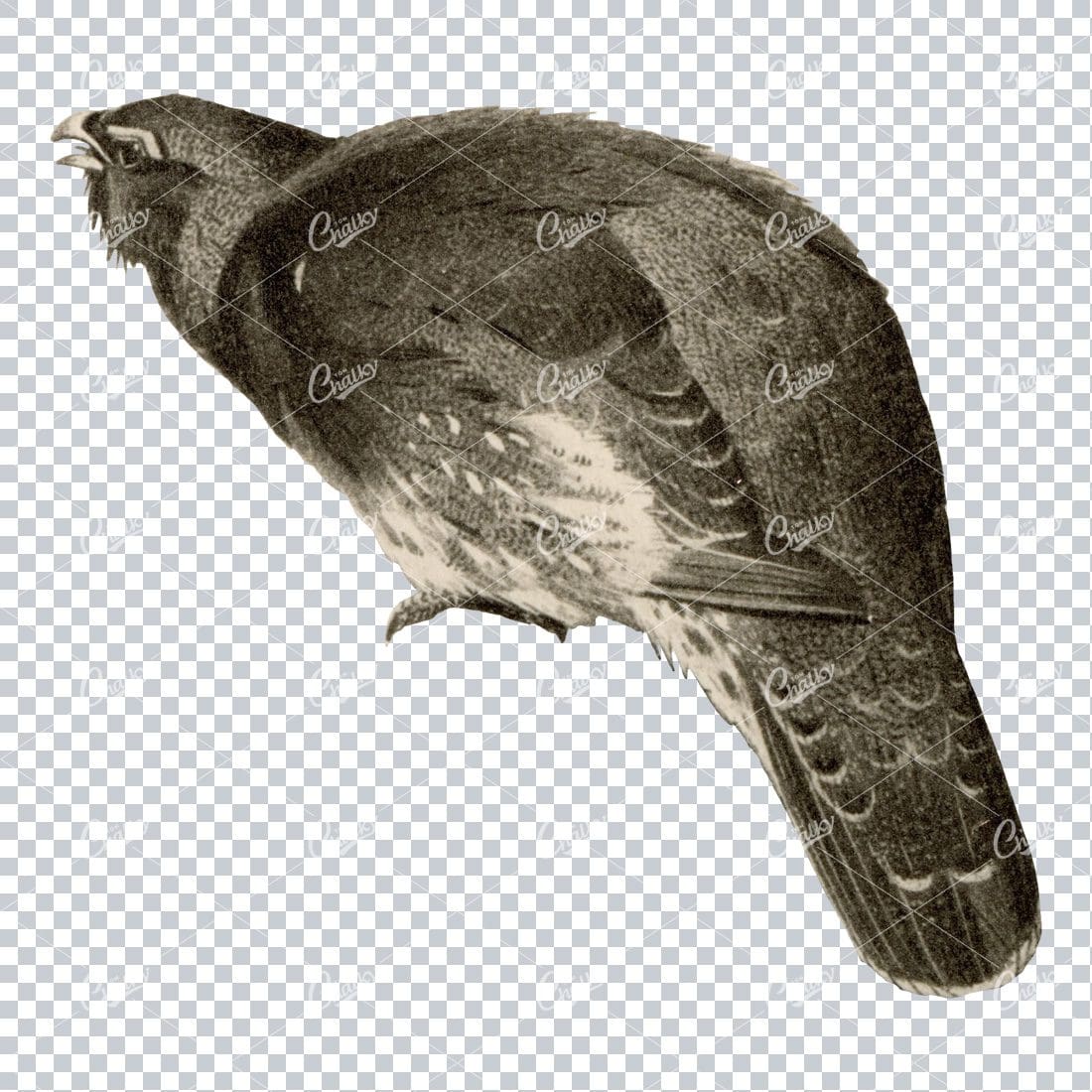

Vintage Black and Sepia Toned Illustration of a Pigeon
- License Info
- Resolution: 1575px x 1438px
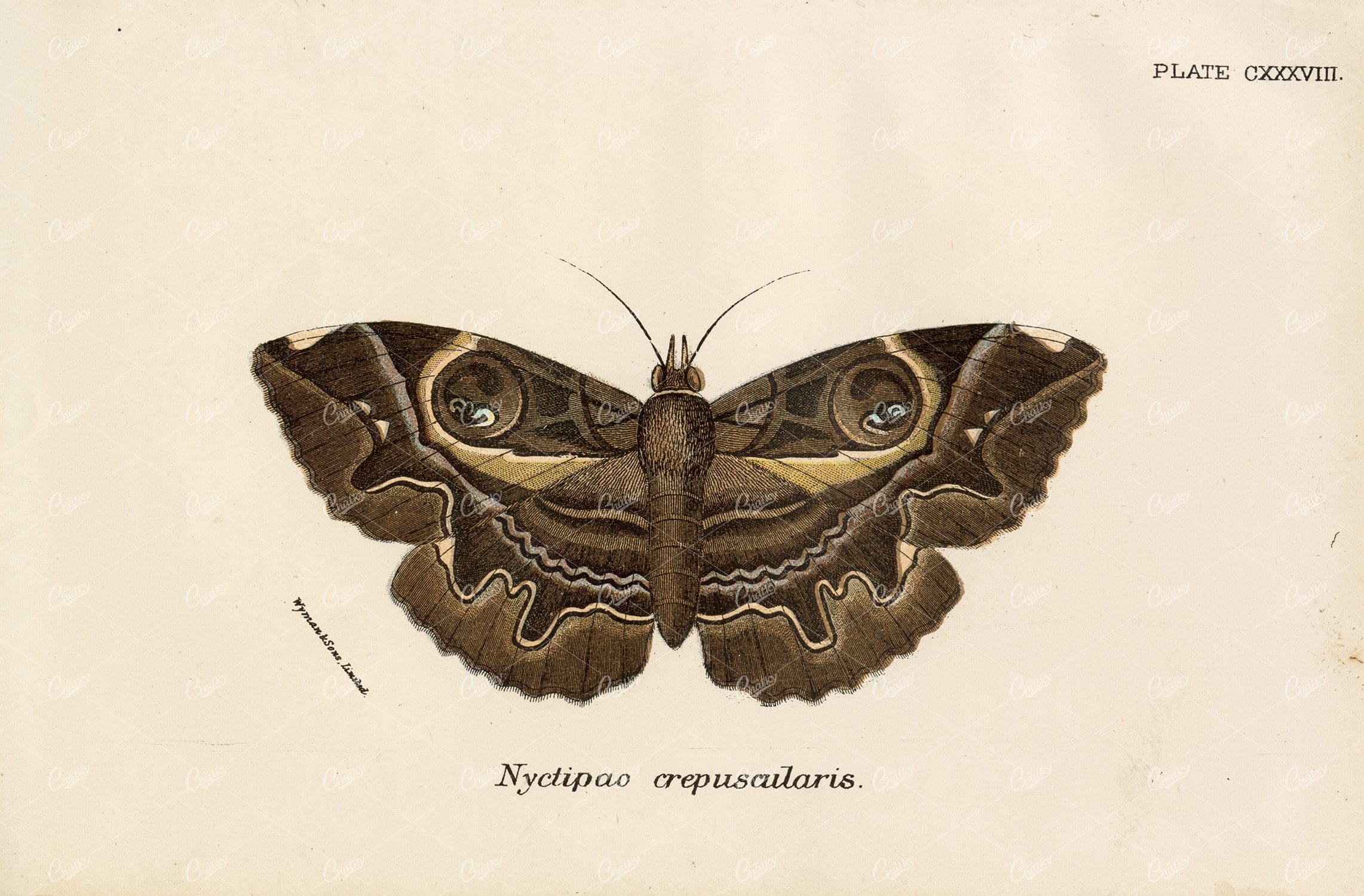

Lloyd’s Natural History – Vintage Coloured Print of a Nyctipao Moth
- License Info
- Resolution: 6239px x 4100px
- Year of Print: 1896
- Artist: Edward Lloyd
From this collection
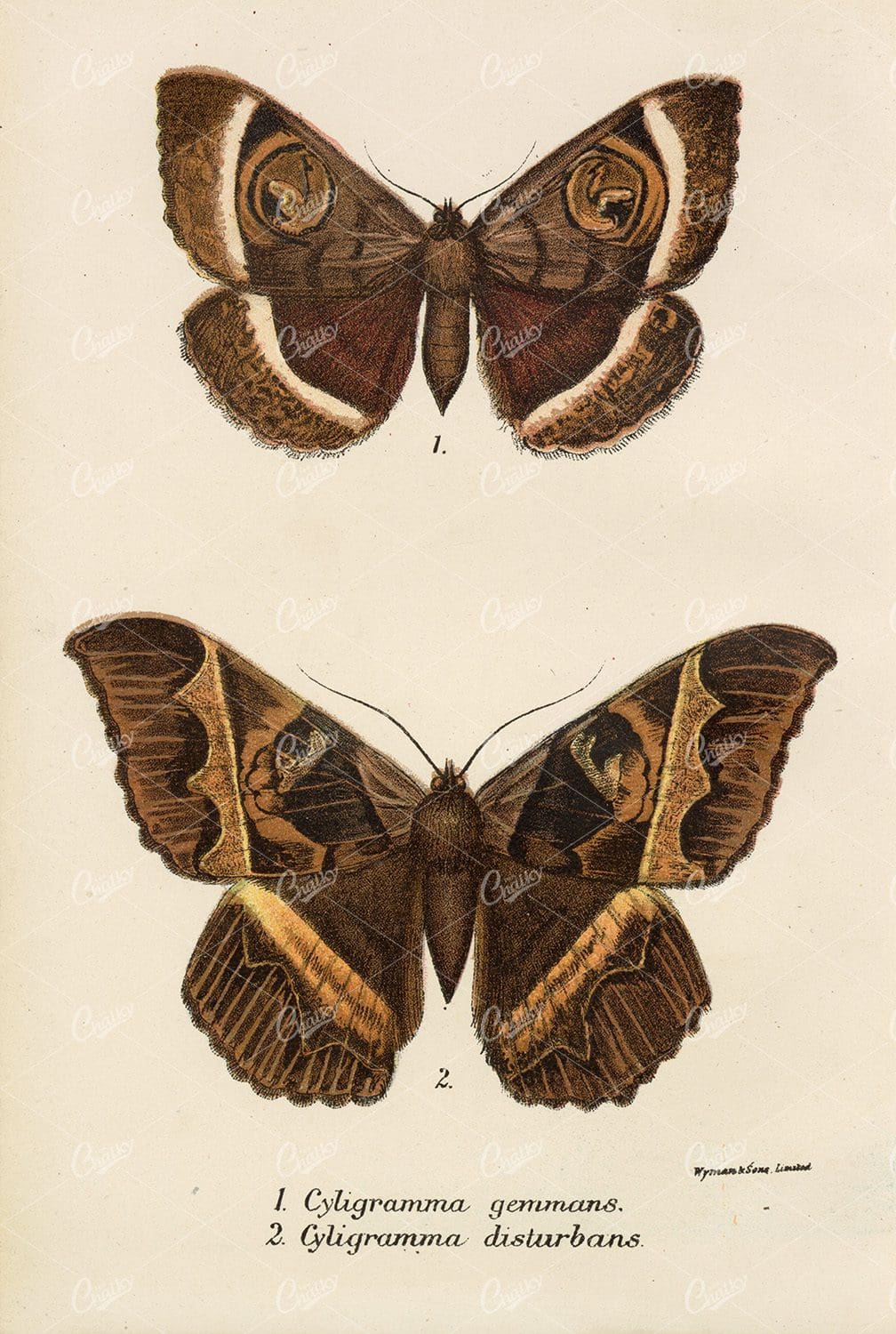

Vintage Coloured Moths Print – 1896 Lloyd’s Natural History
- License Info
- Resolution: 4064px x 6048px
- Year of Print: 1896
- Artist: Edward Lloyd
From this collection


Hawk Moth, Larva and Pupa Vintage Coloured Print – 1896
- License Info
- Resolution: 4077px x 6242px
- Year of Print: 1896
- Artist: Edward Lloyd
From this collection
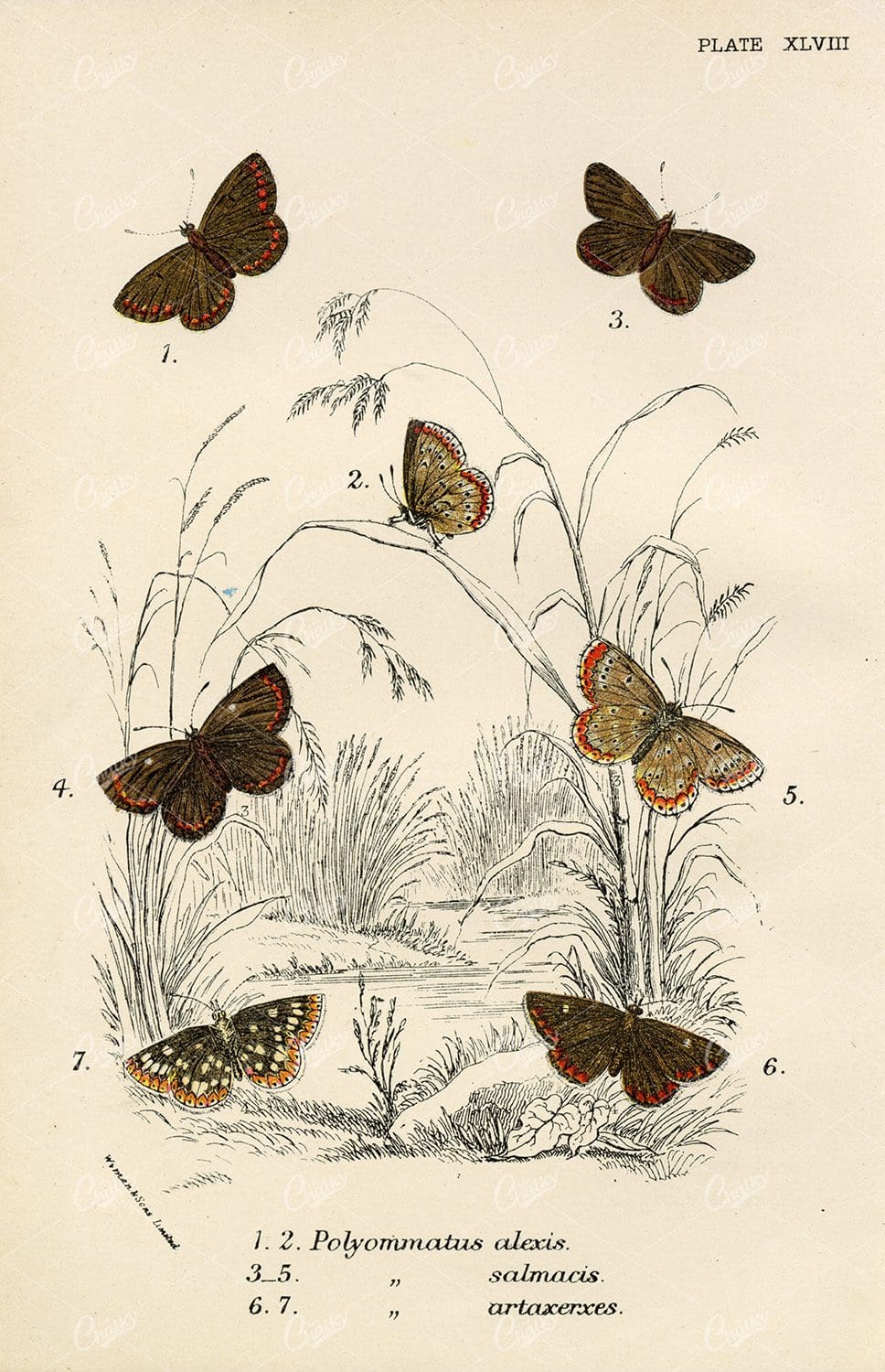

Vintage Coloured Butterfly Print – Lloyd’s Natural History 1896
- License Info
- Resolution: 4029px x 6242px
- Year of Print: 1896
- Artist: Edward Lloyd
From this collection
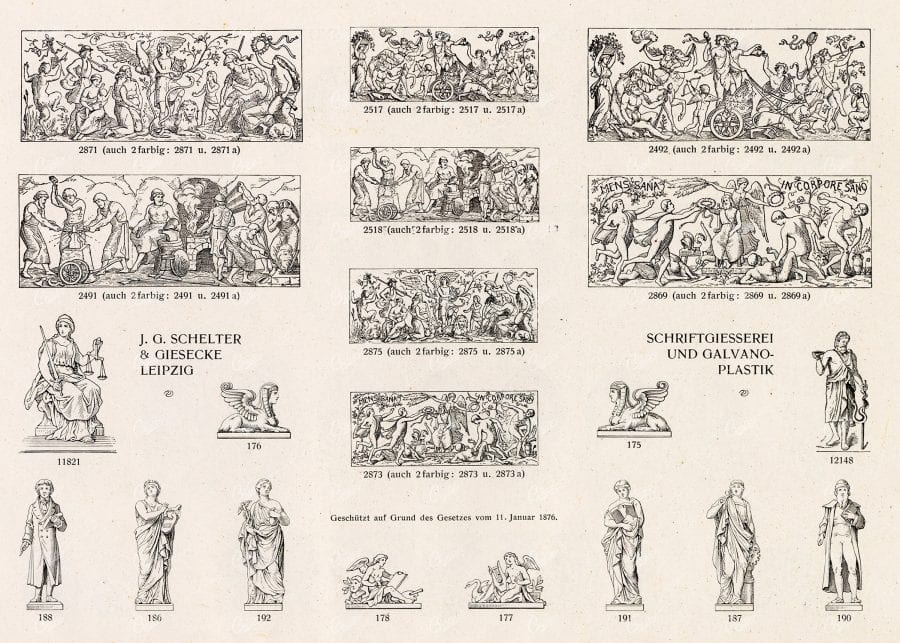
Support the Library
Our supporters and members help us continue collecting and restoring these wonderful pieces of art for the modern creator
Unlock Everything and Become a Member!
While a lot of the library is available for free, some is kept behind closed dusty doors only to be accessed by our lovely members.
